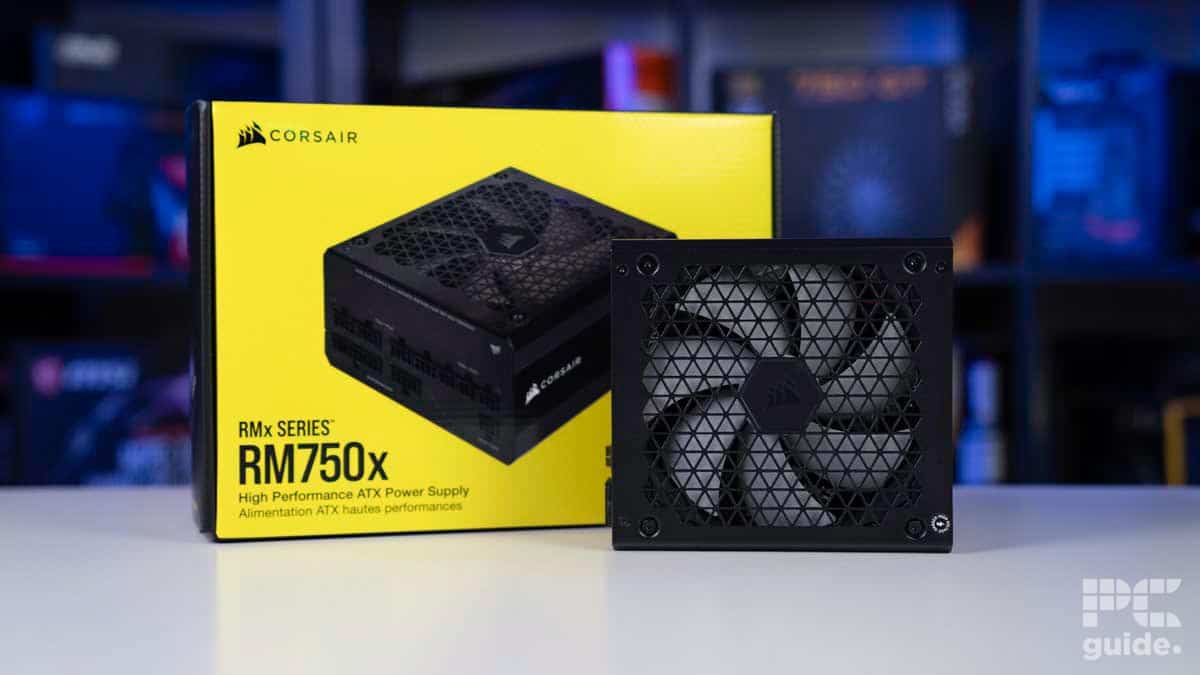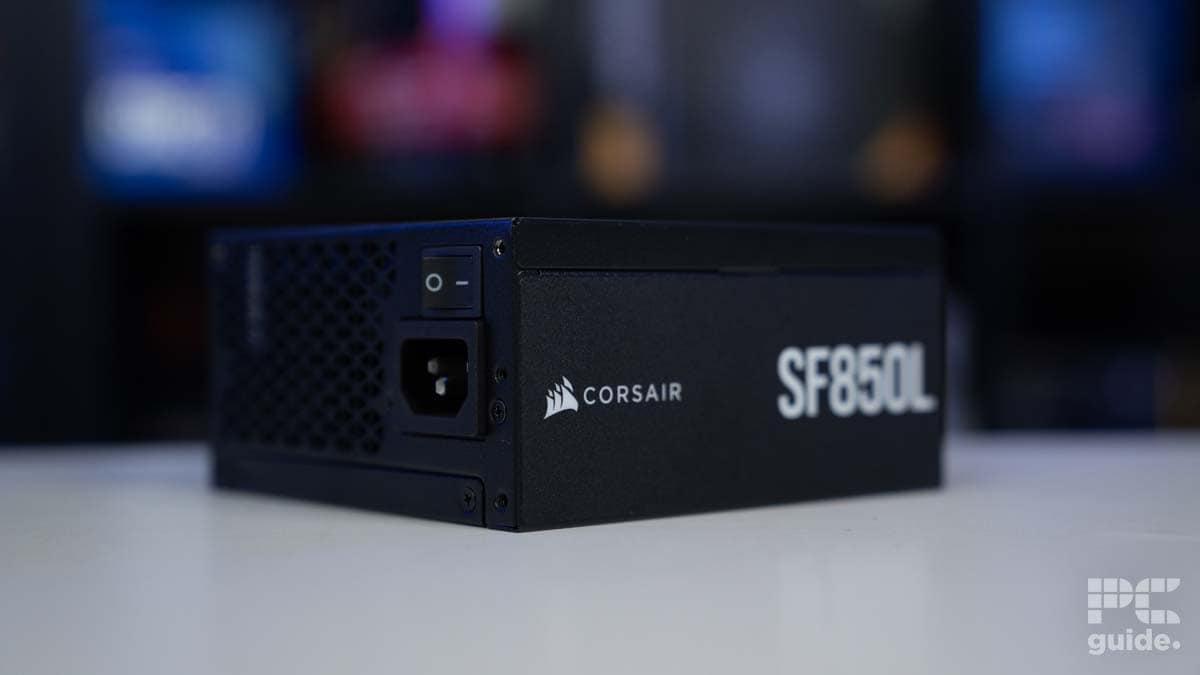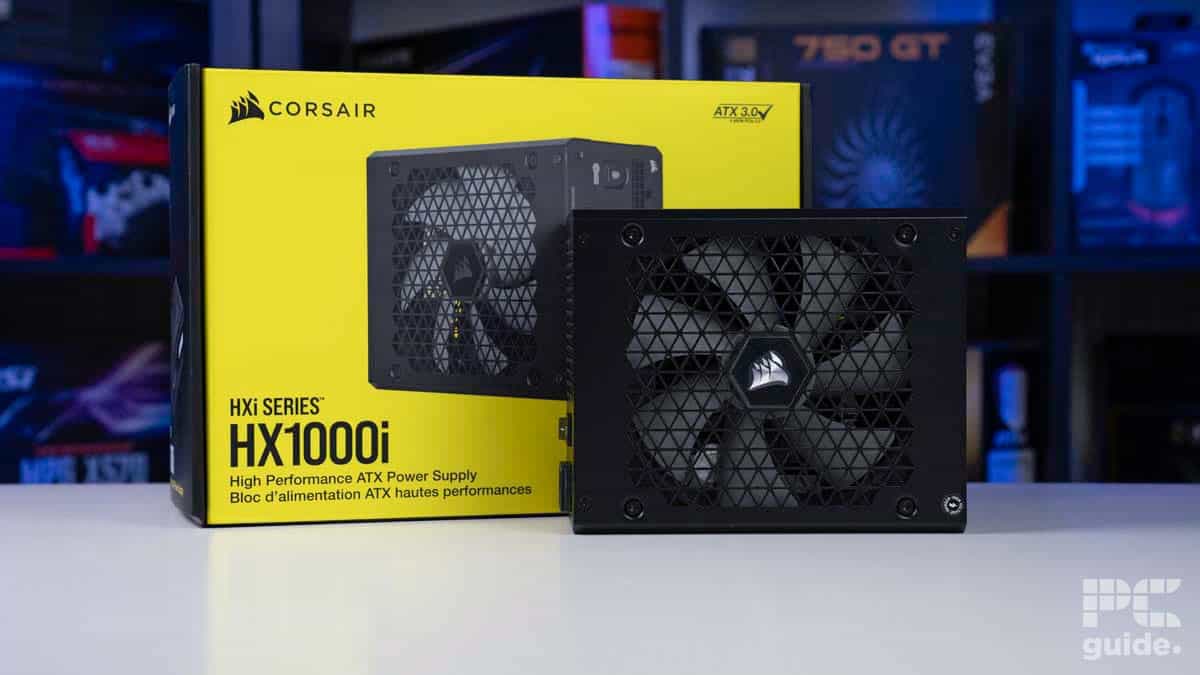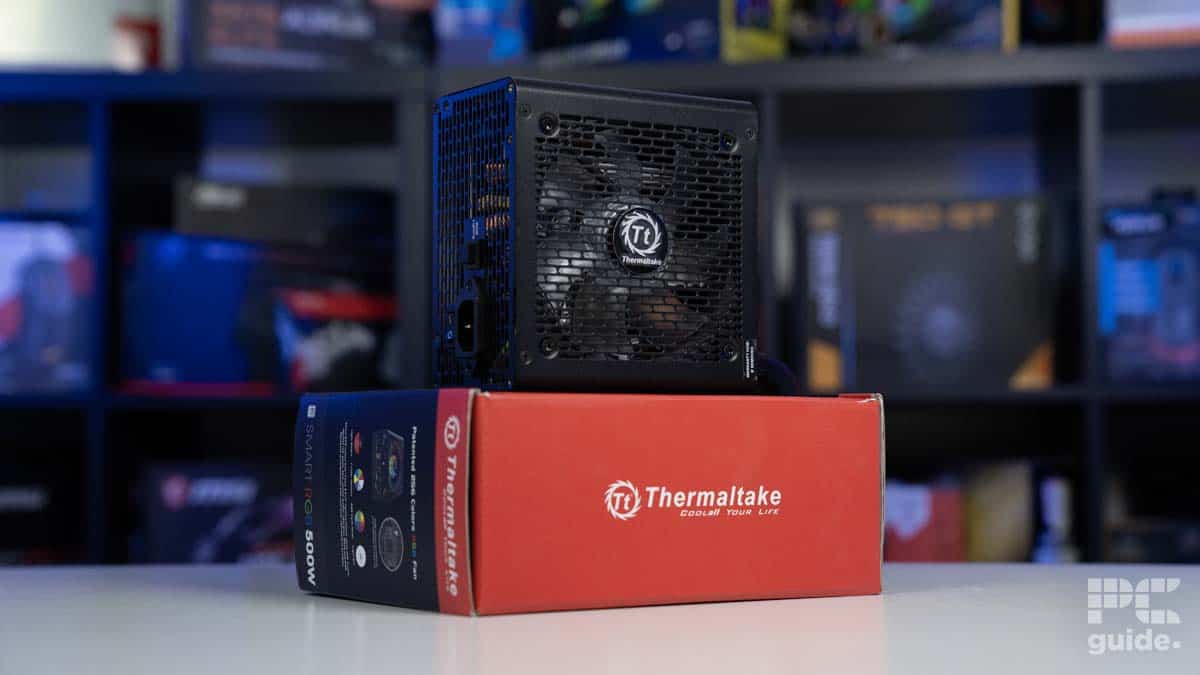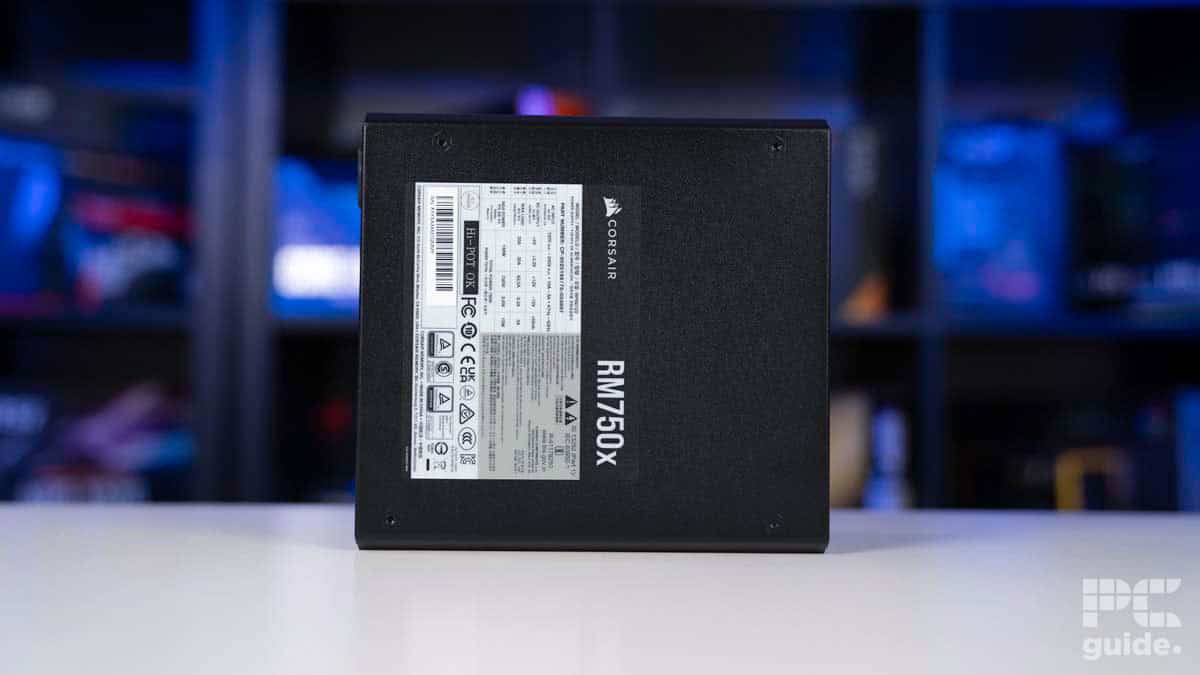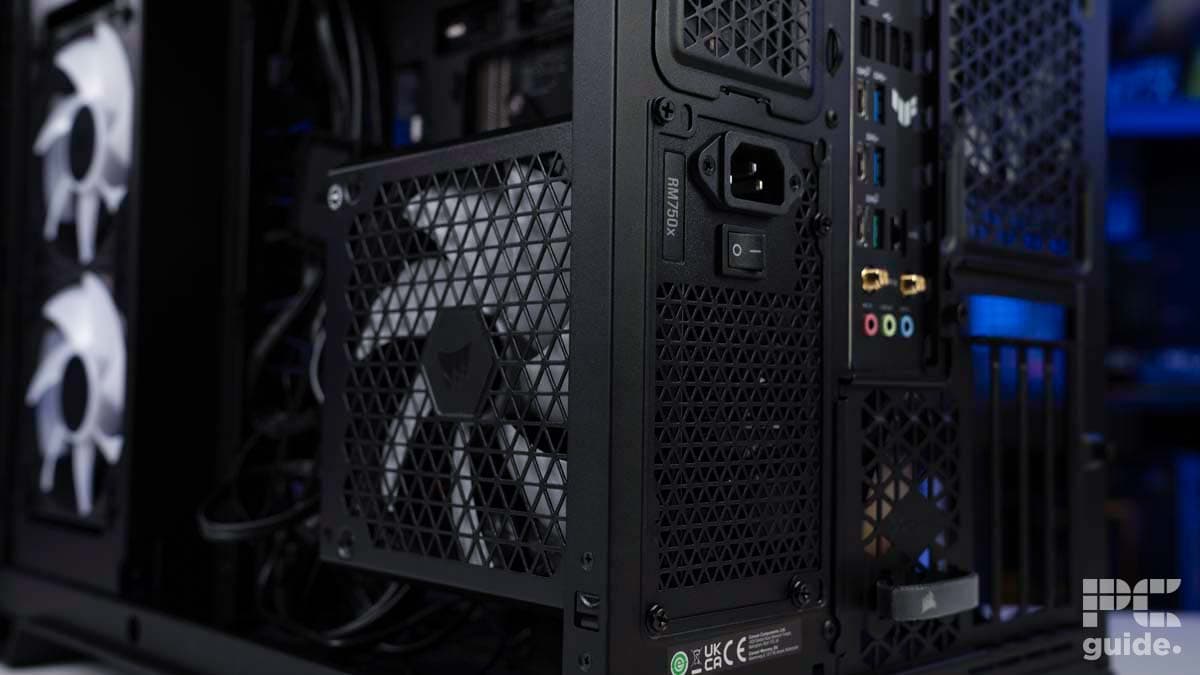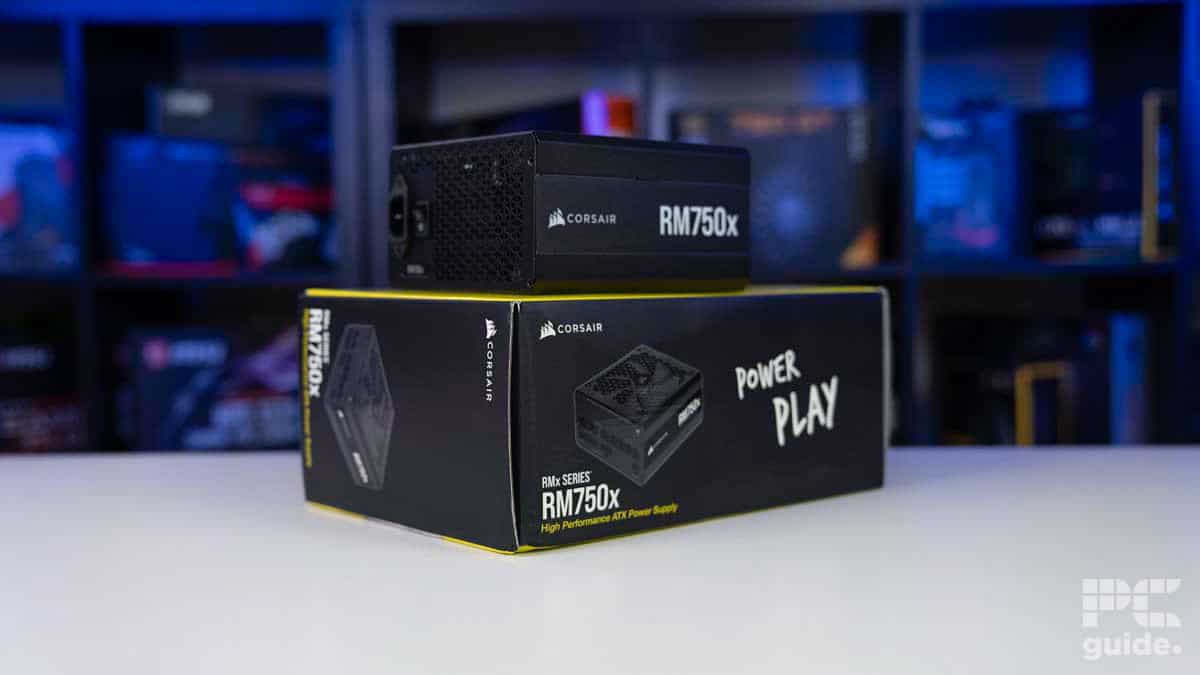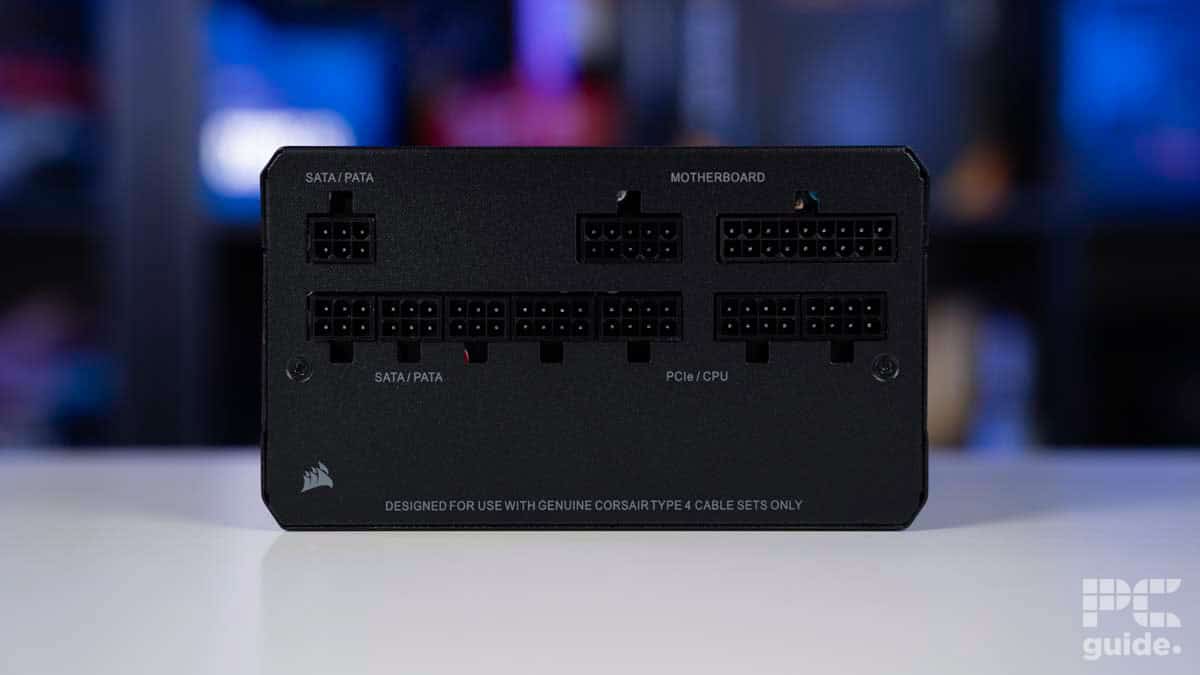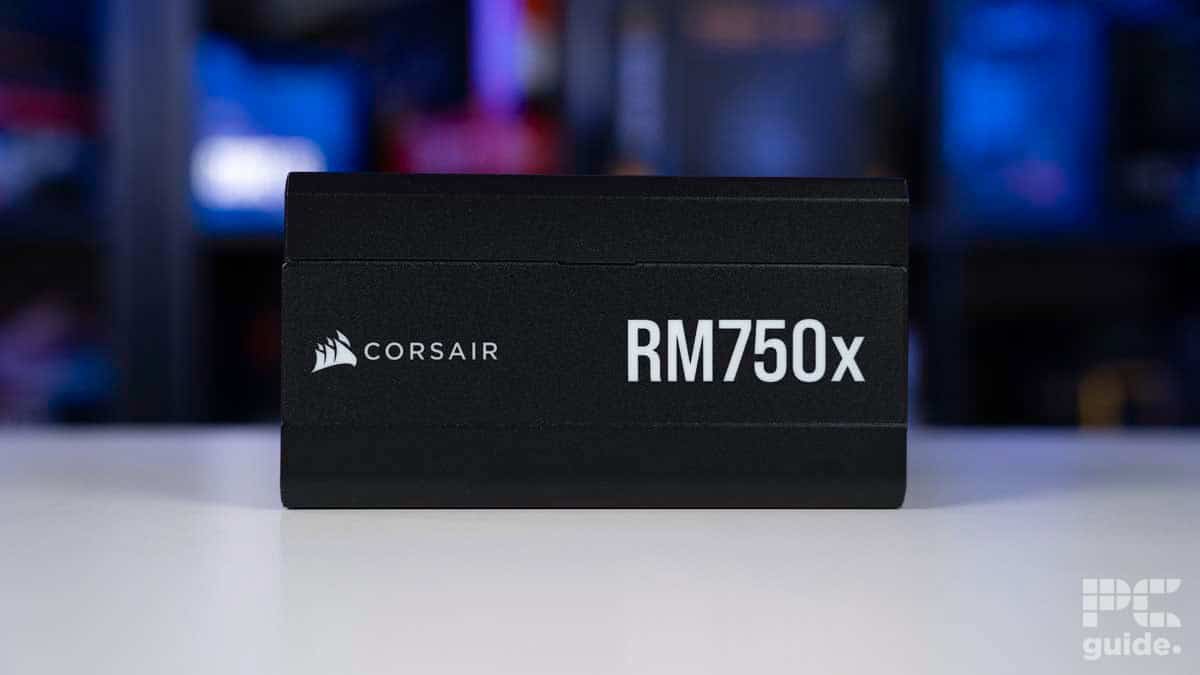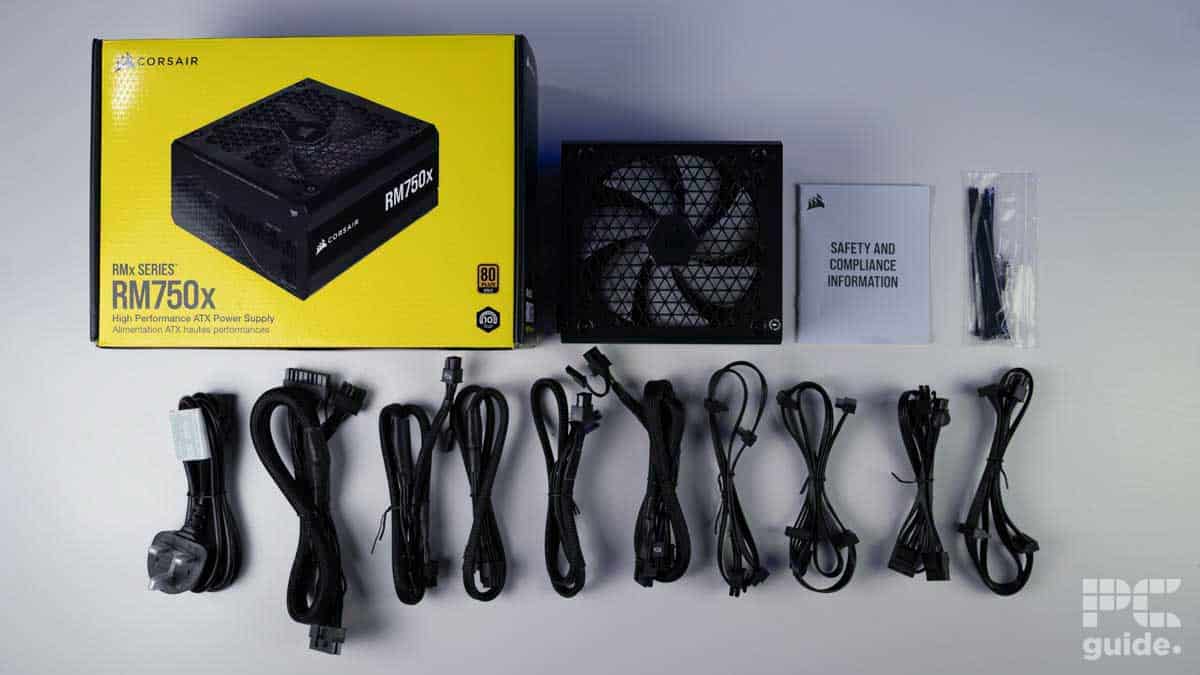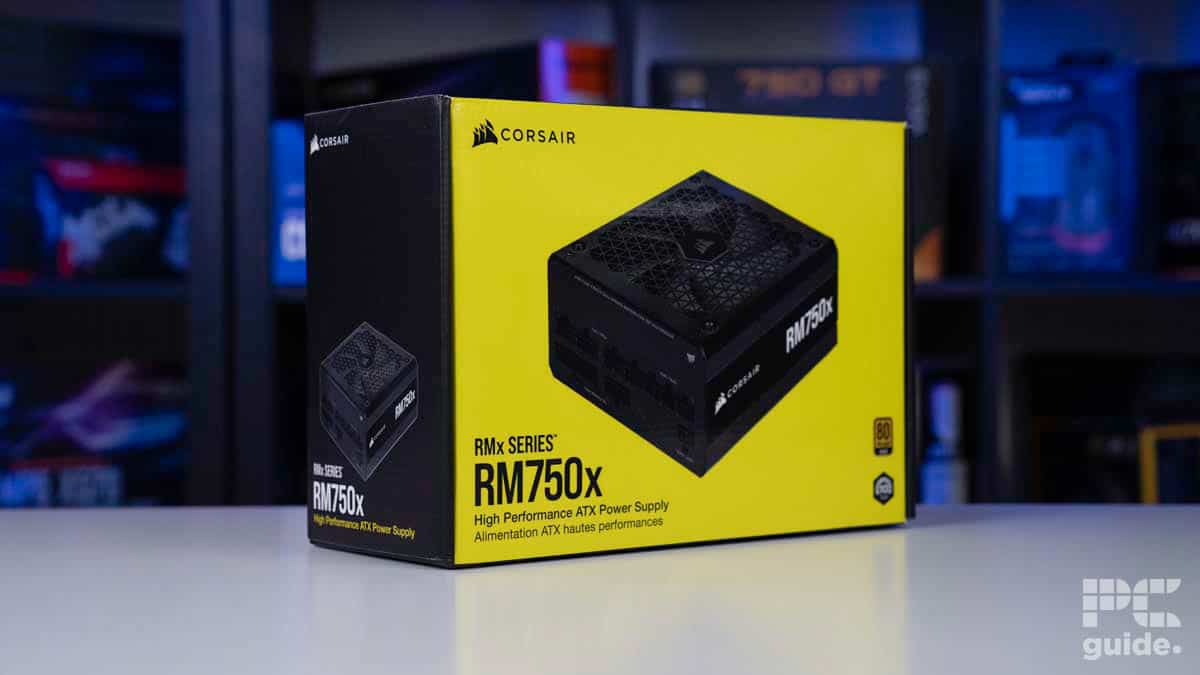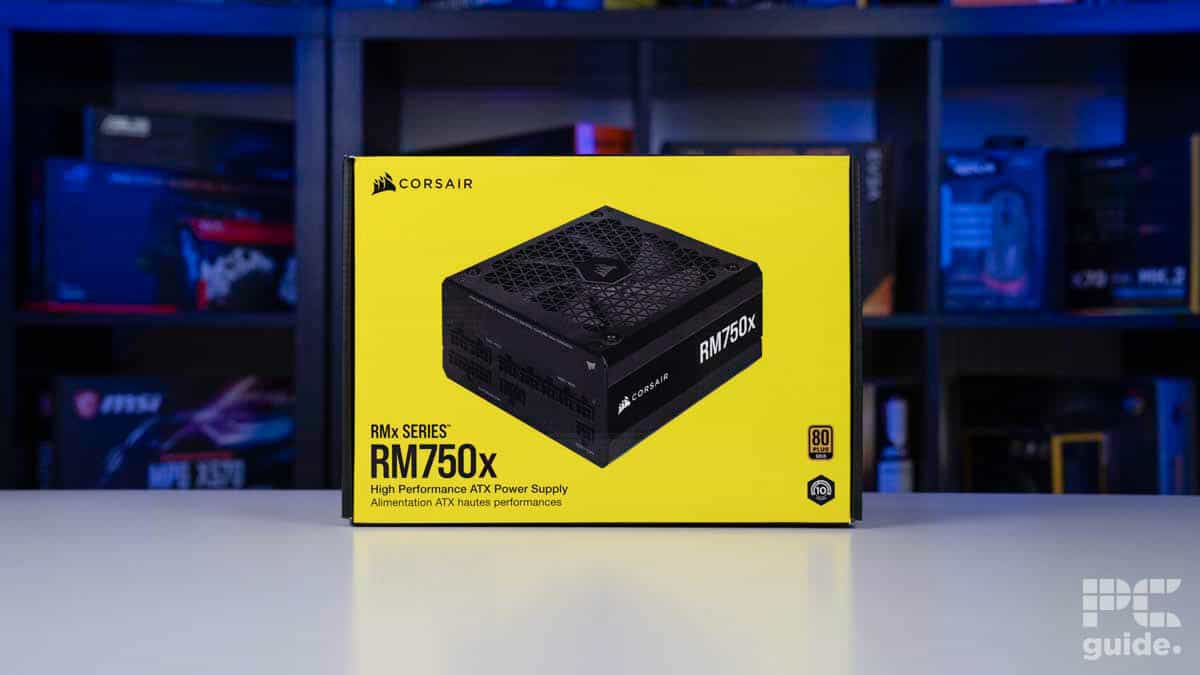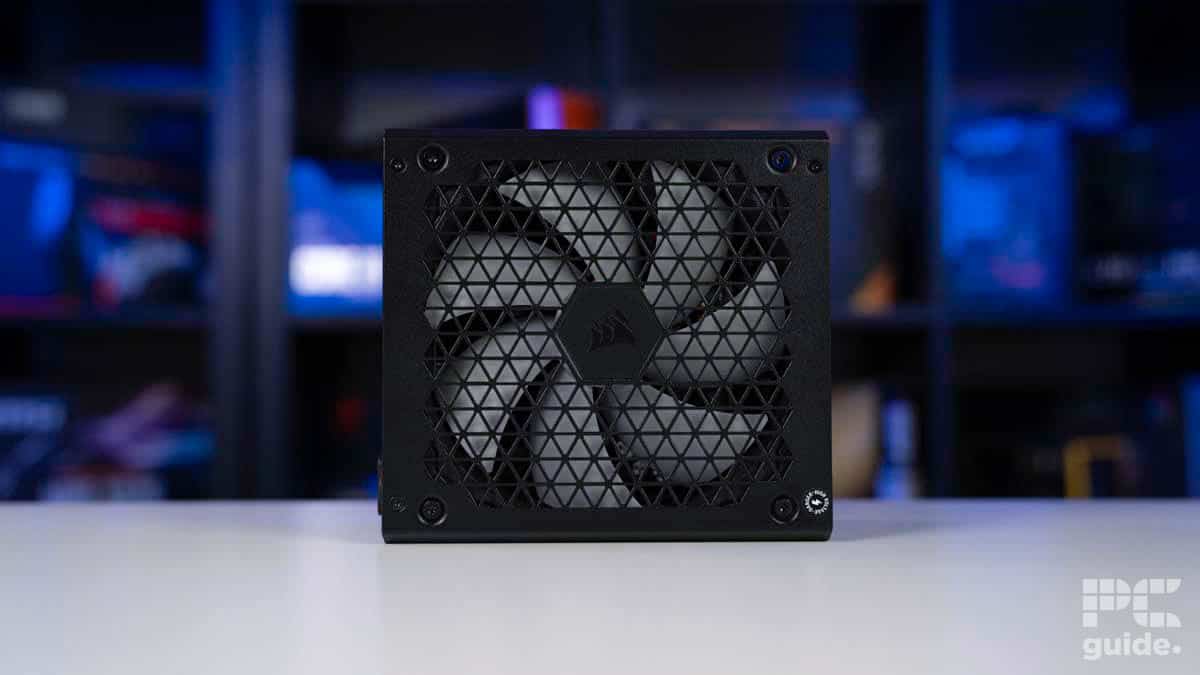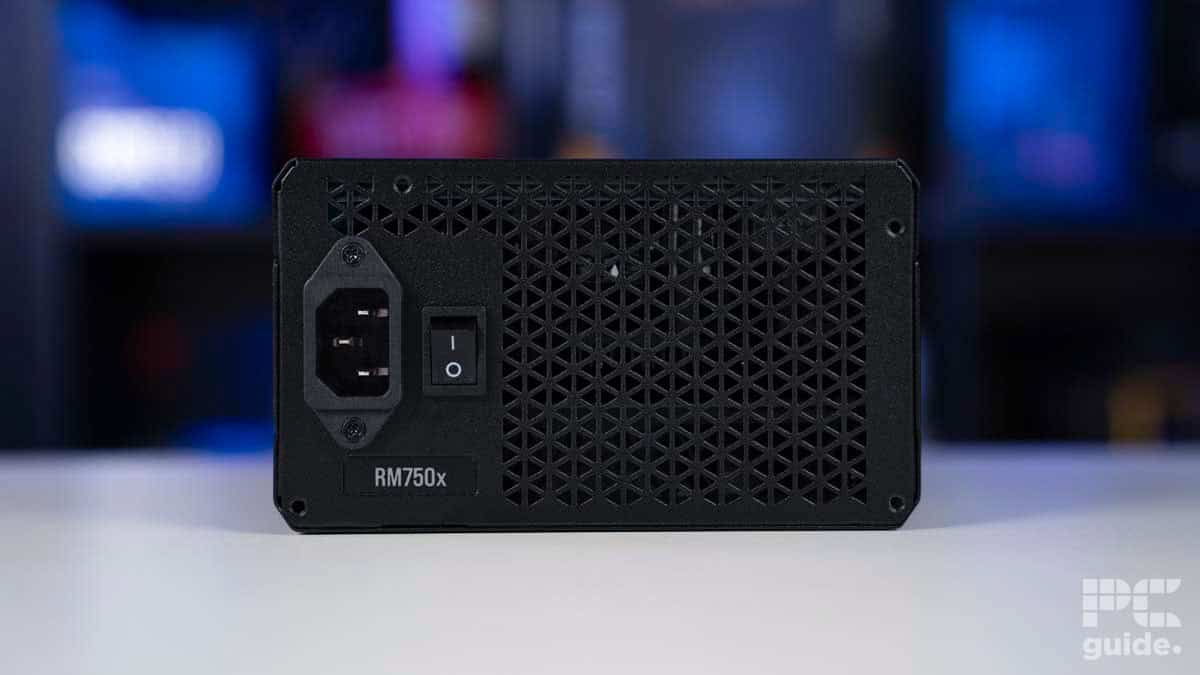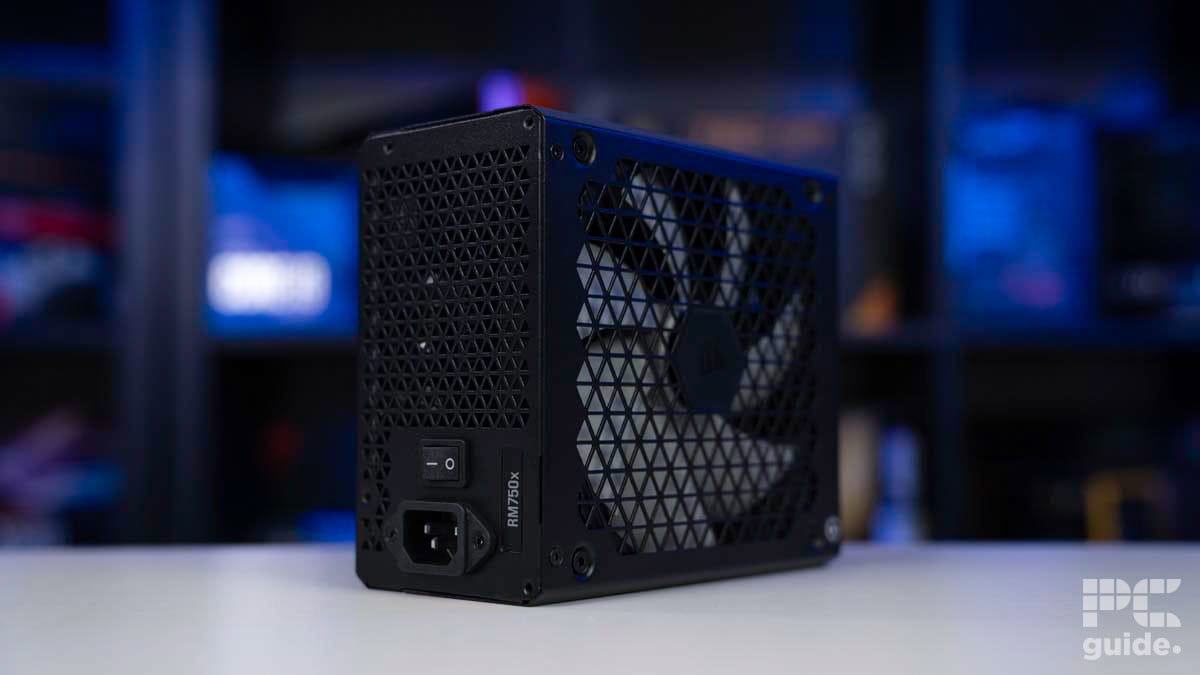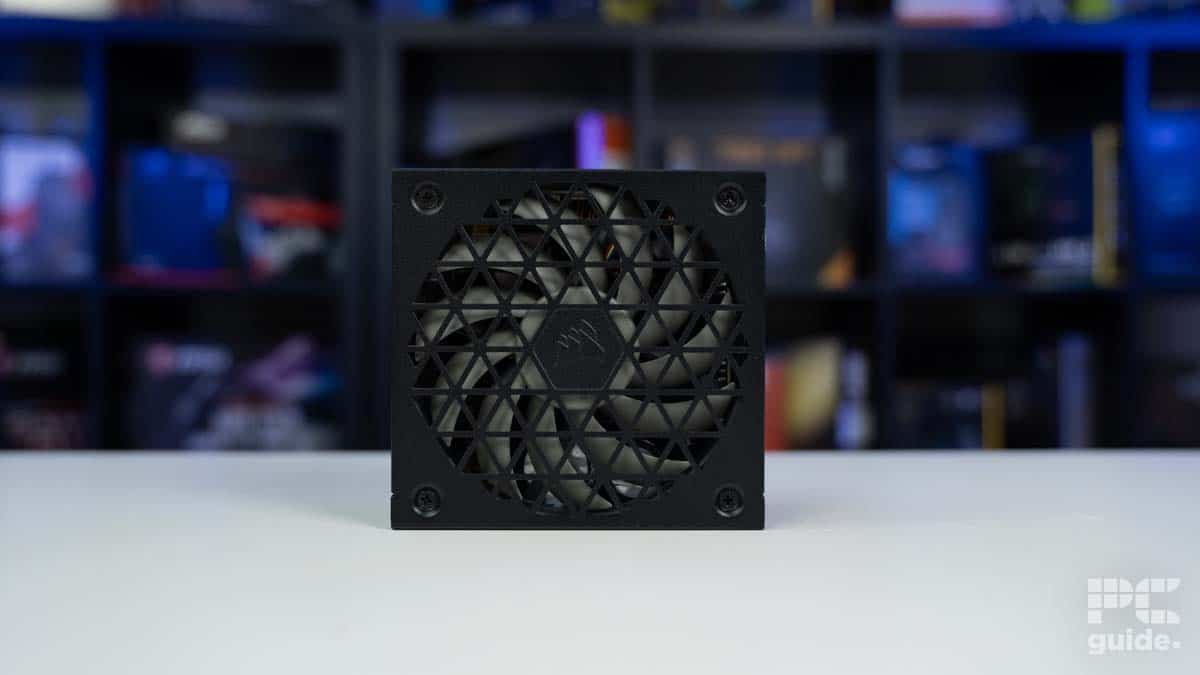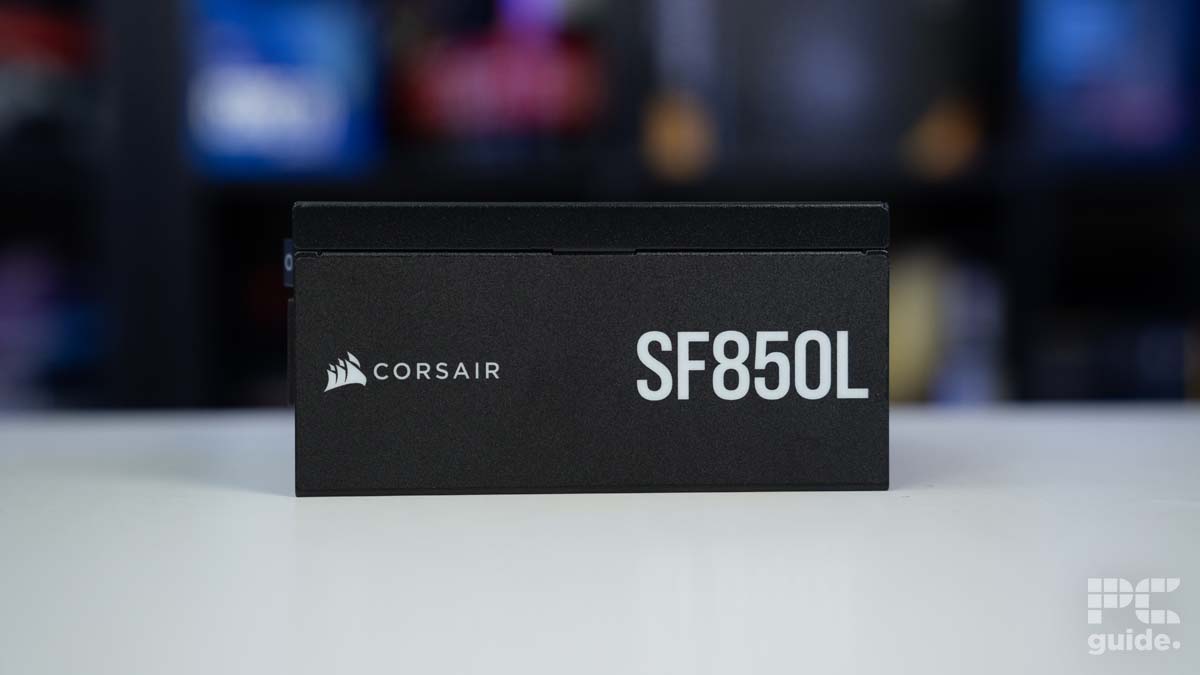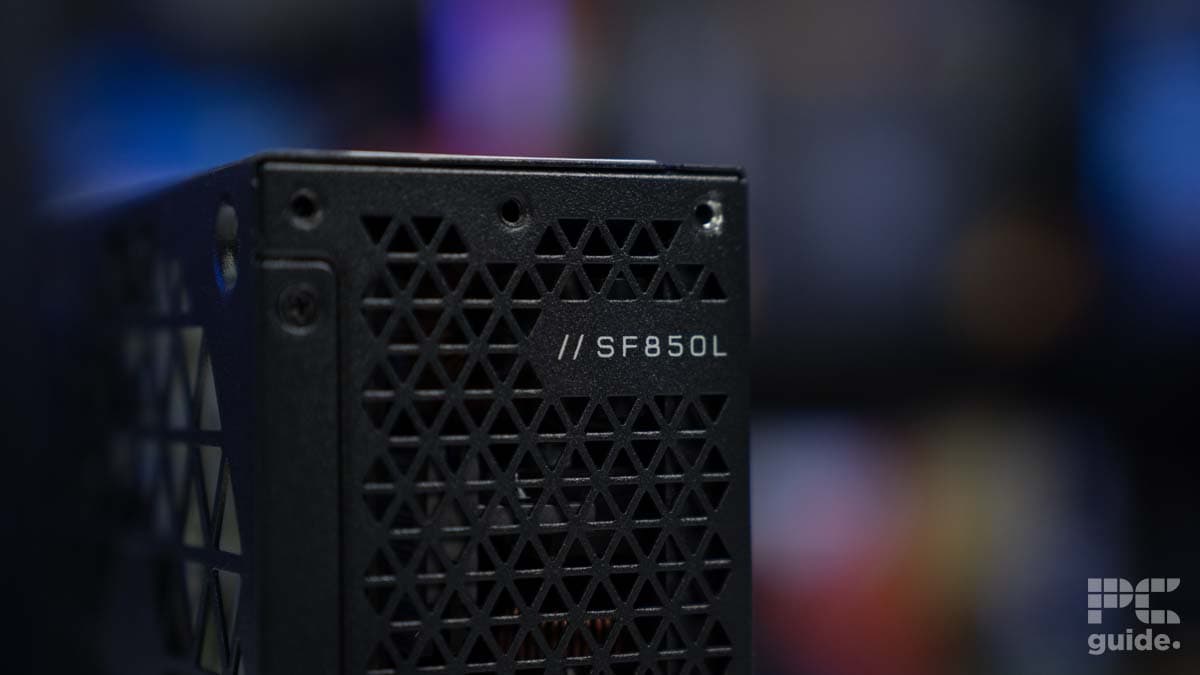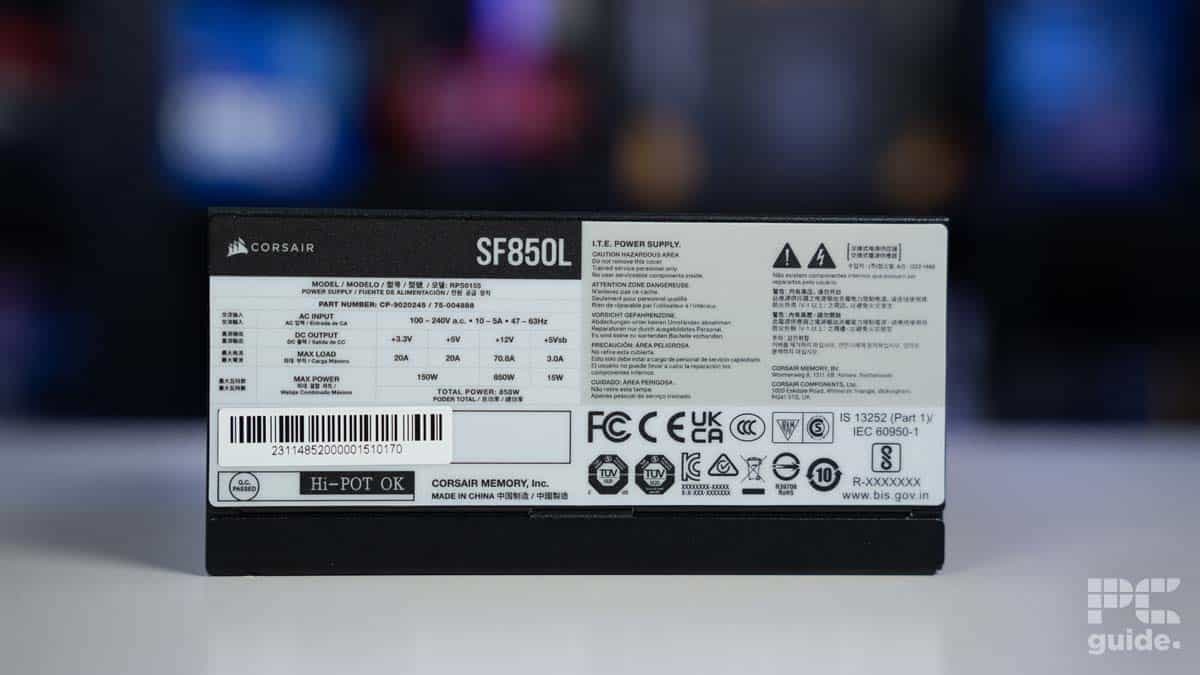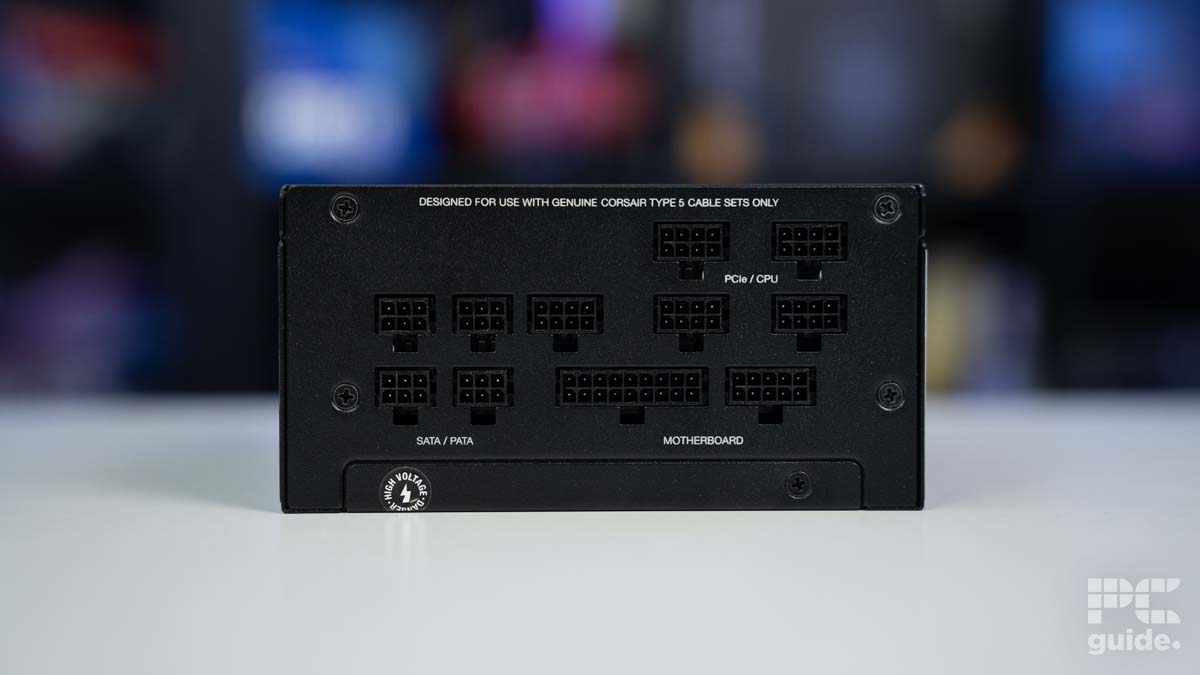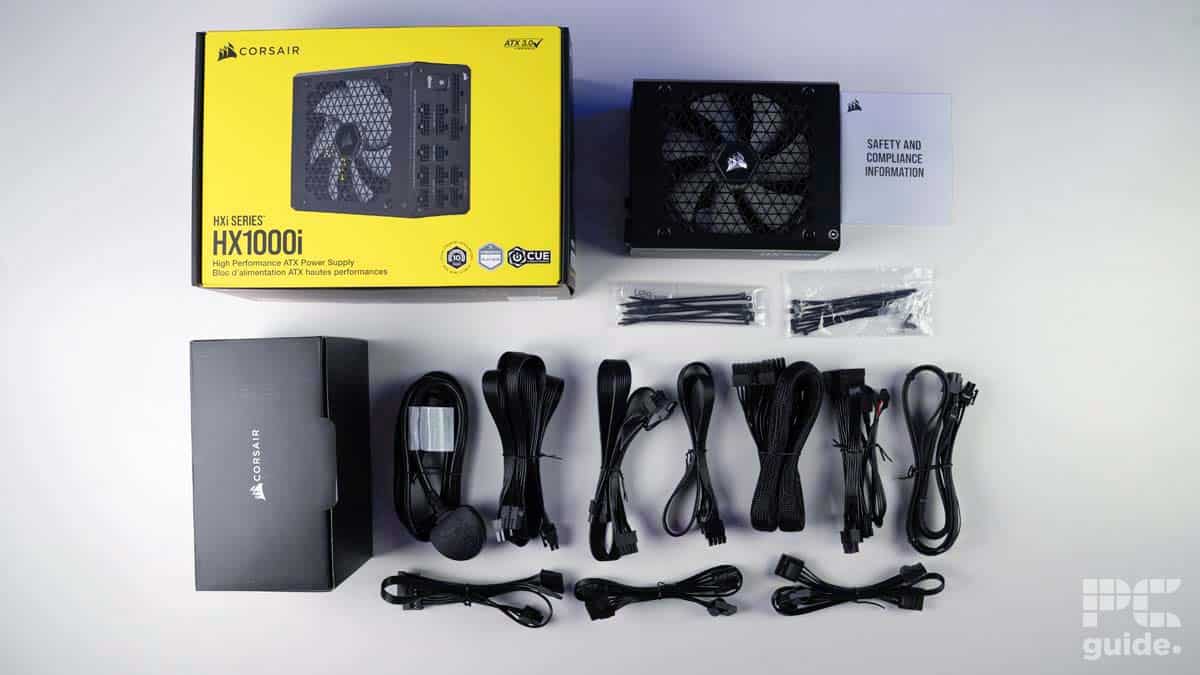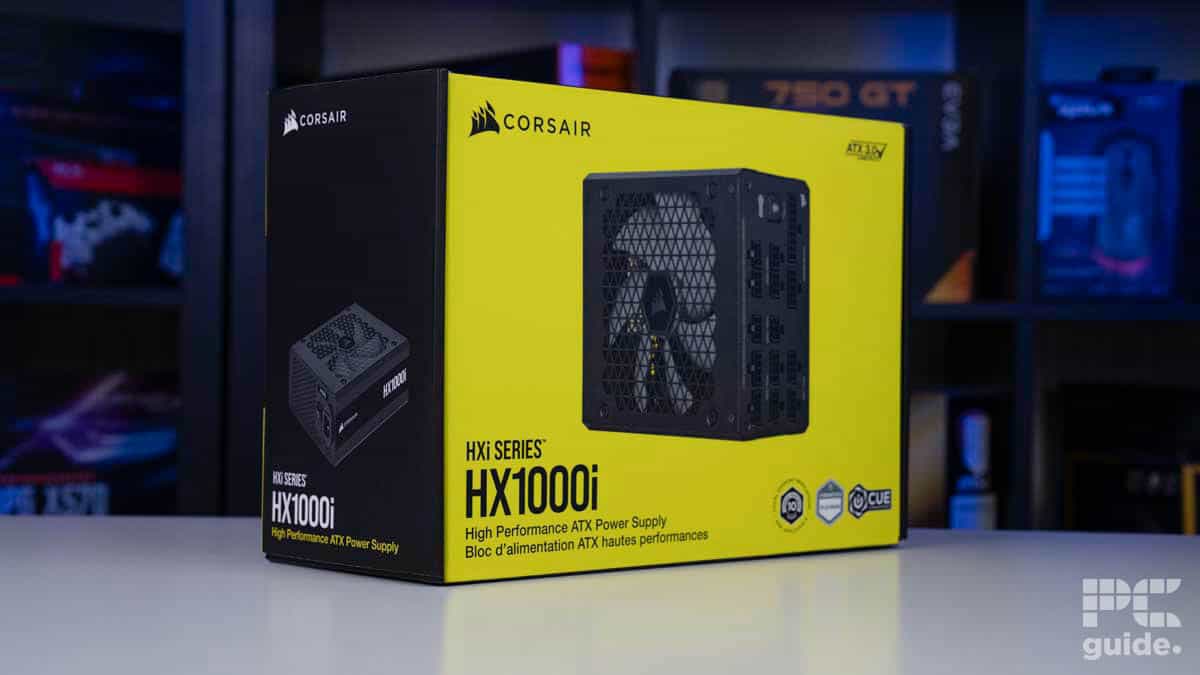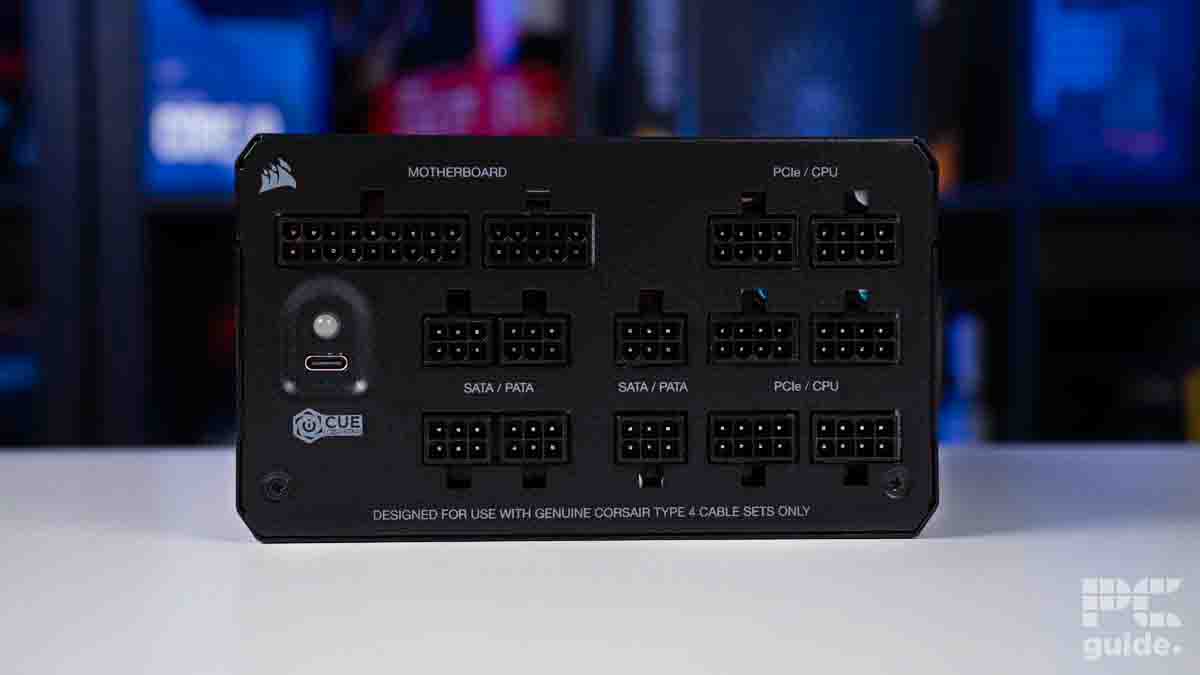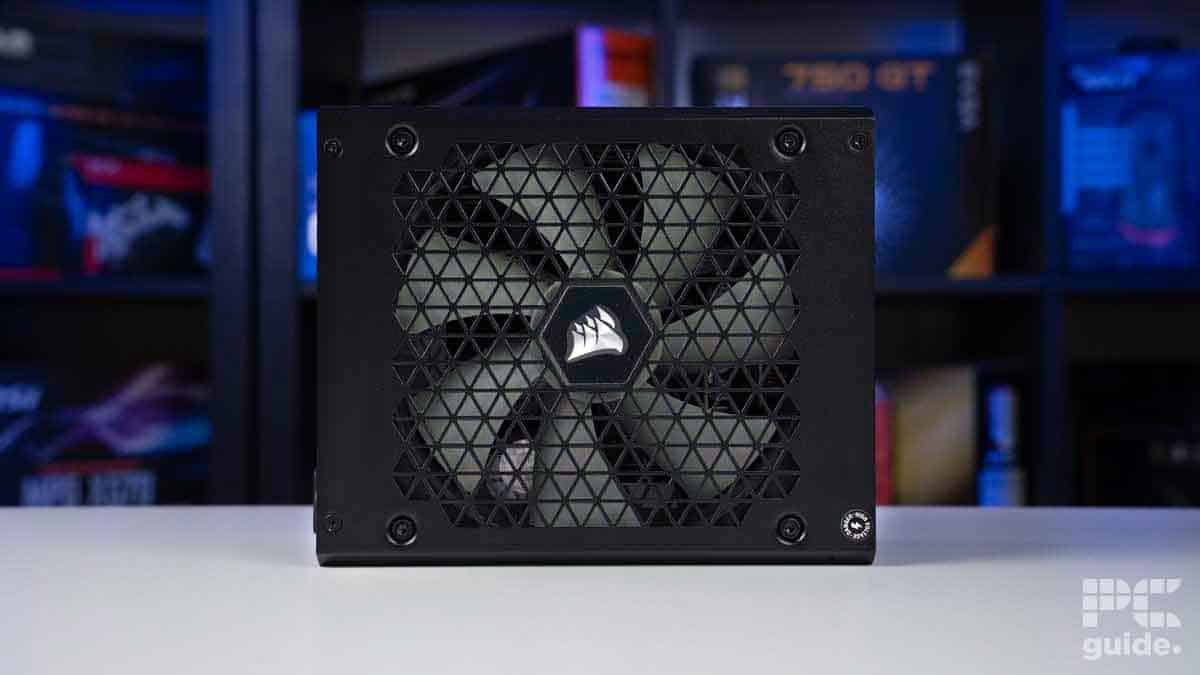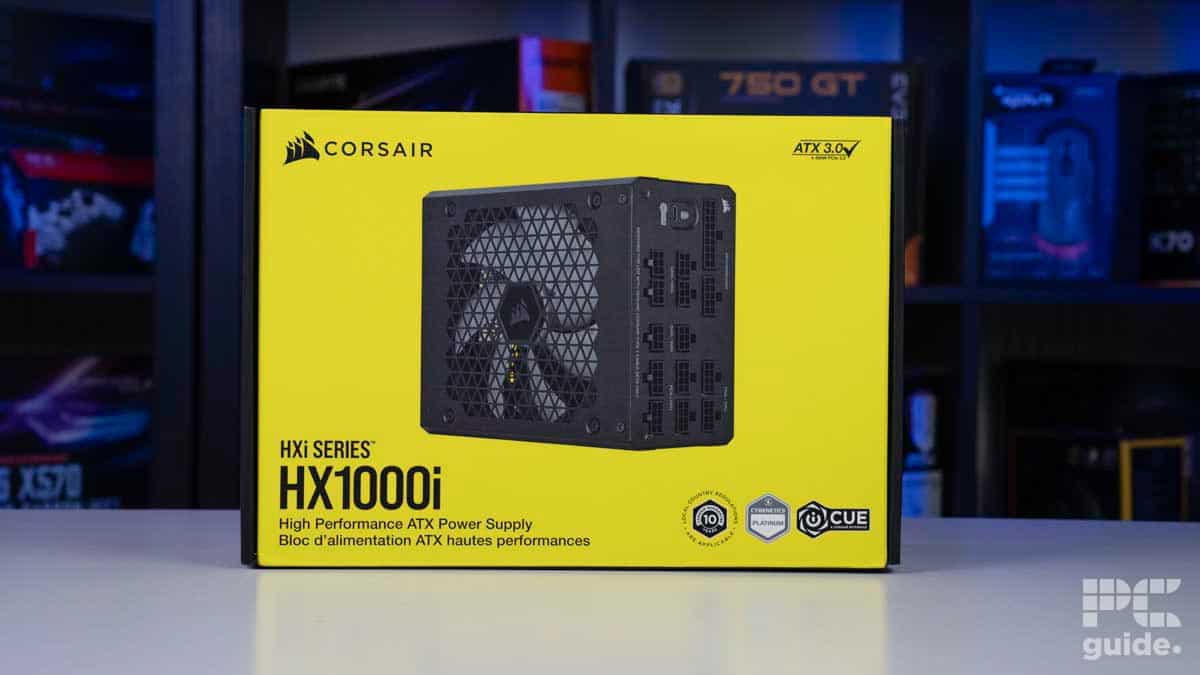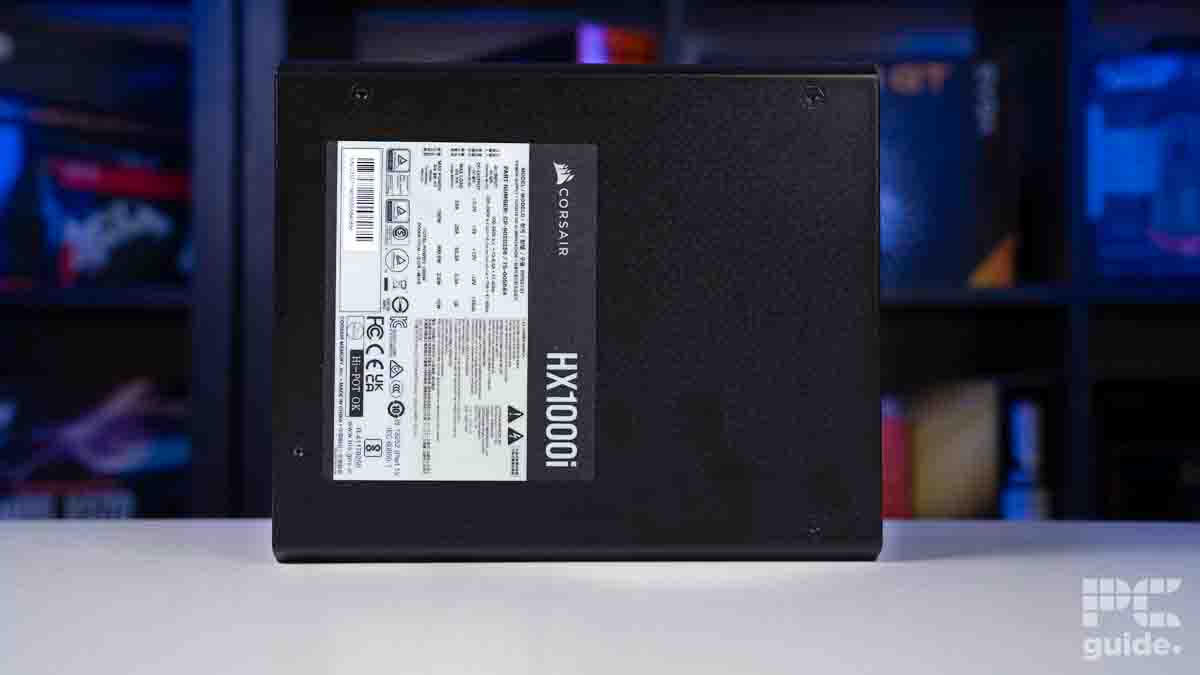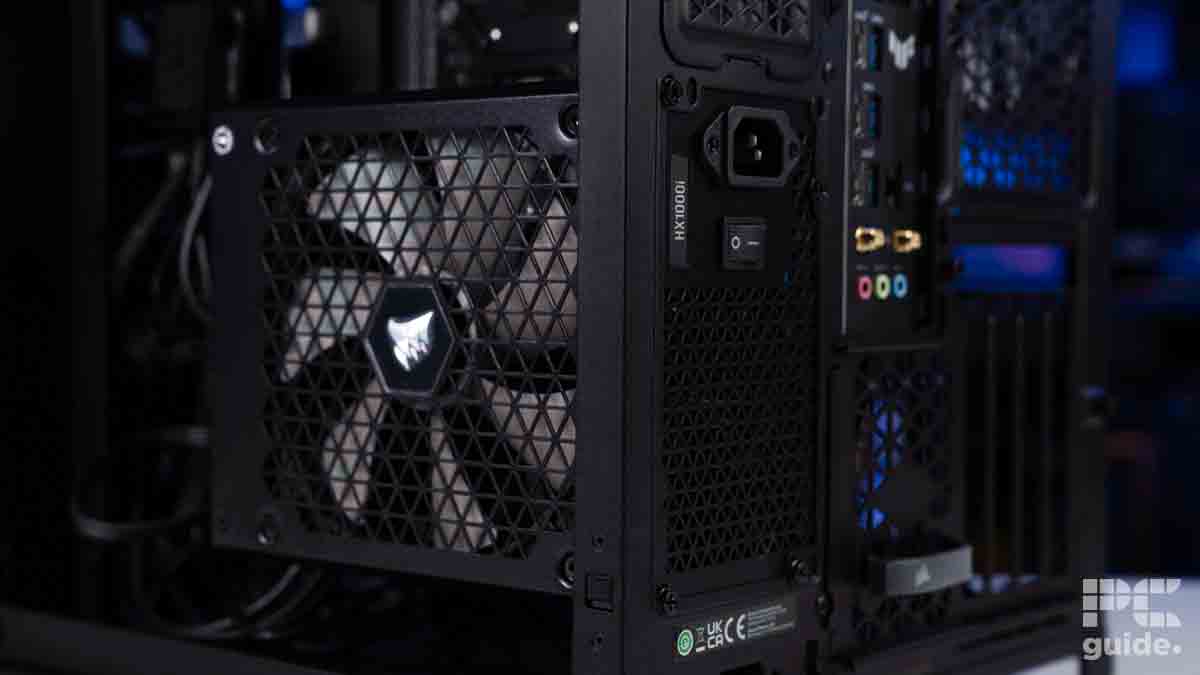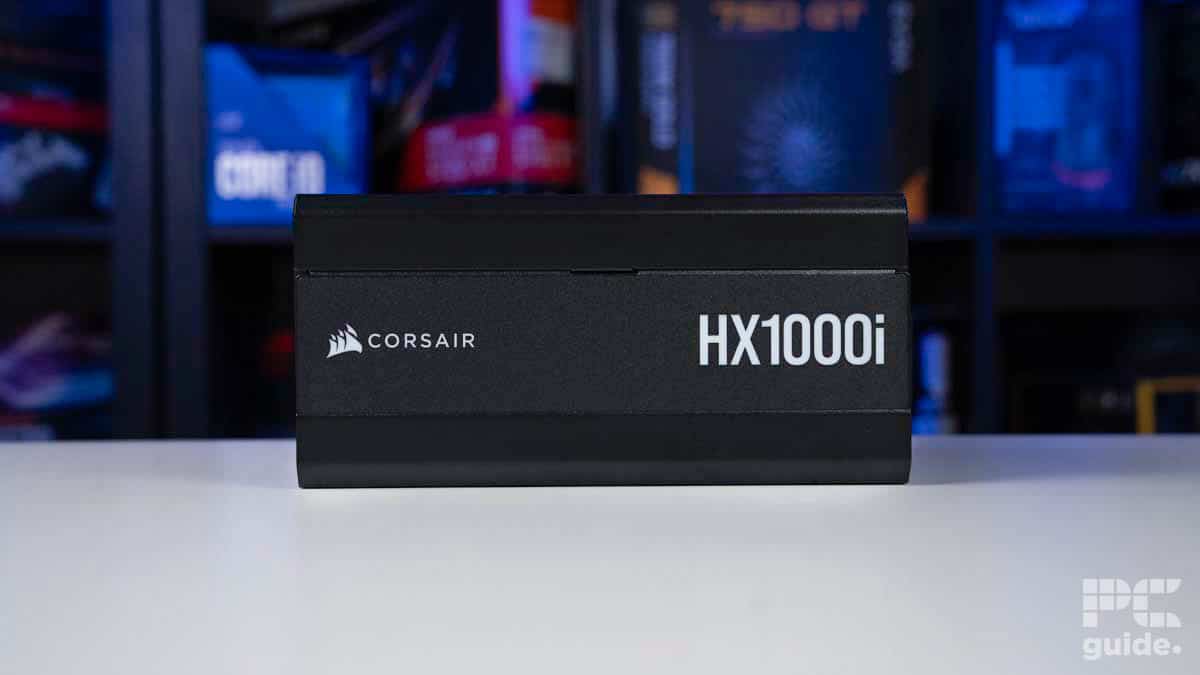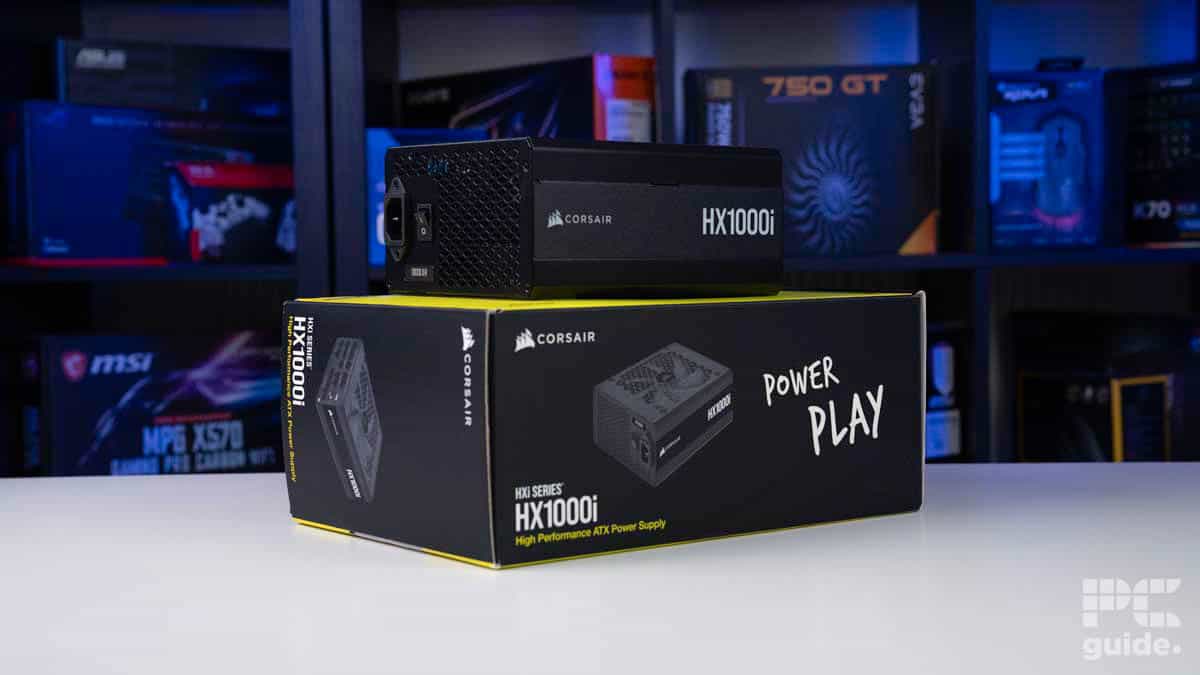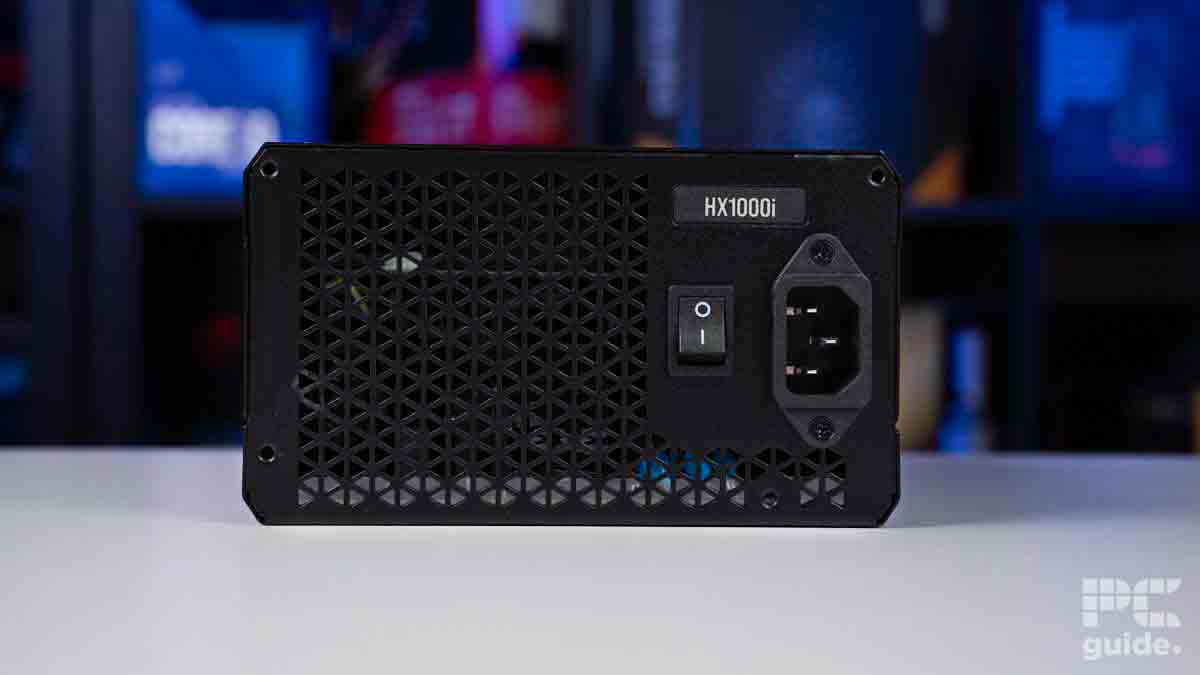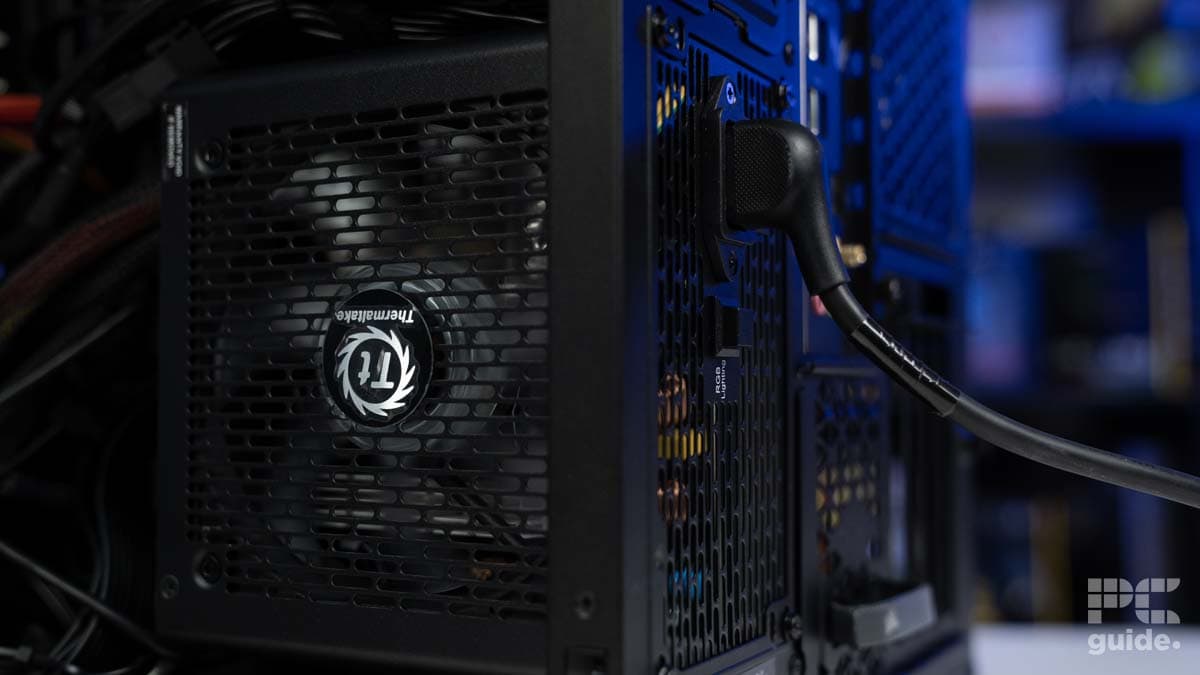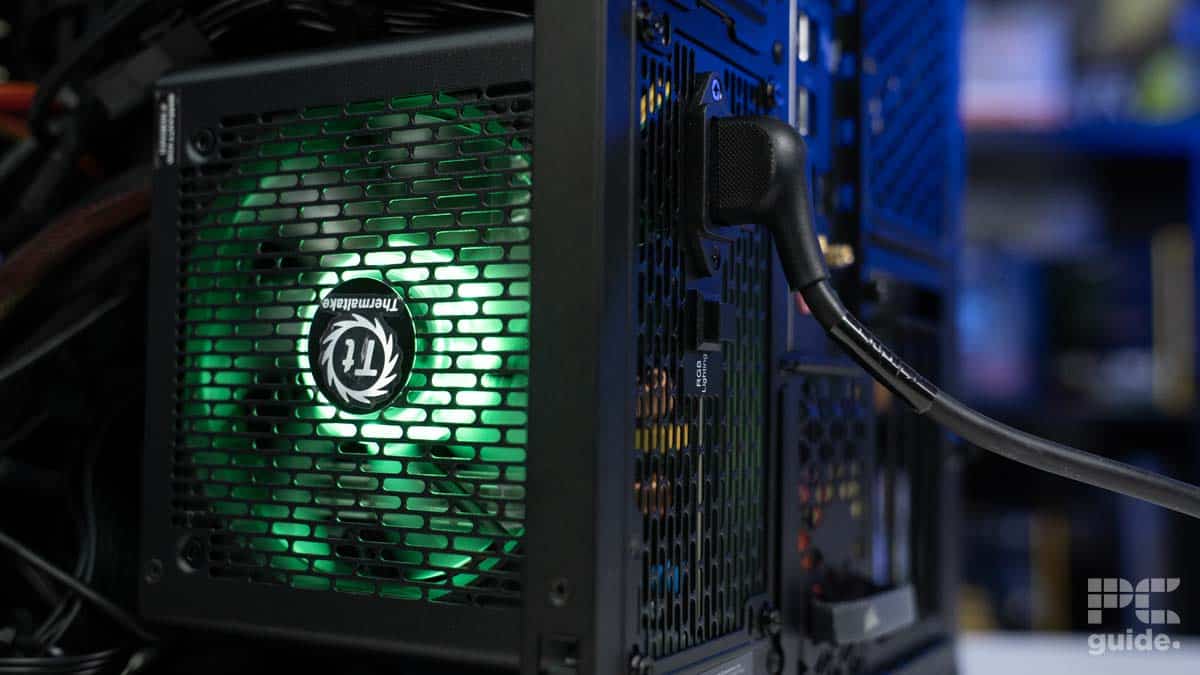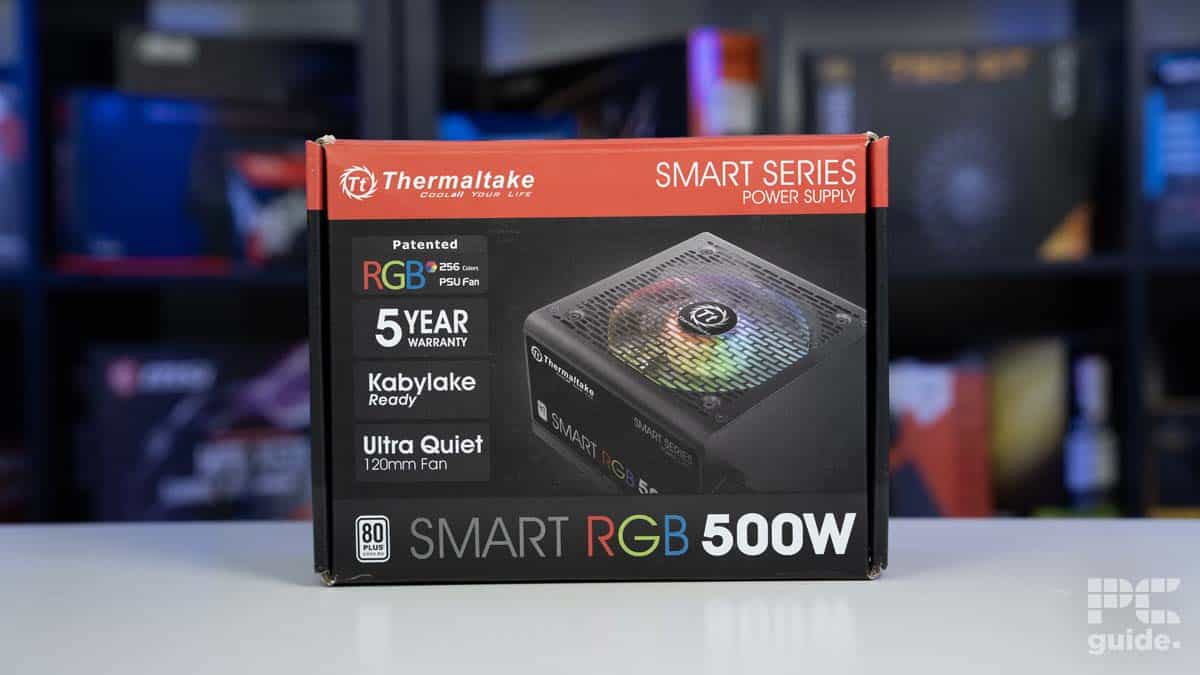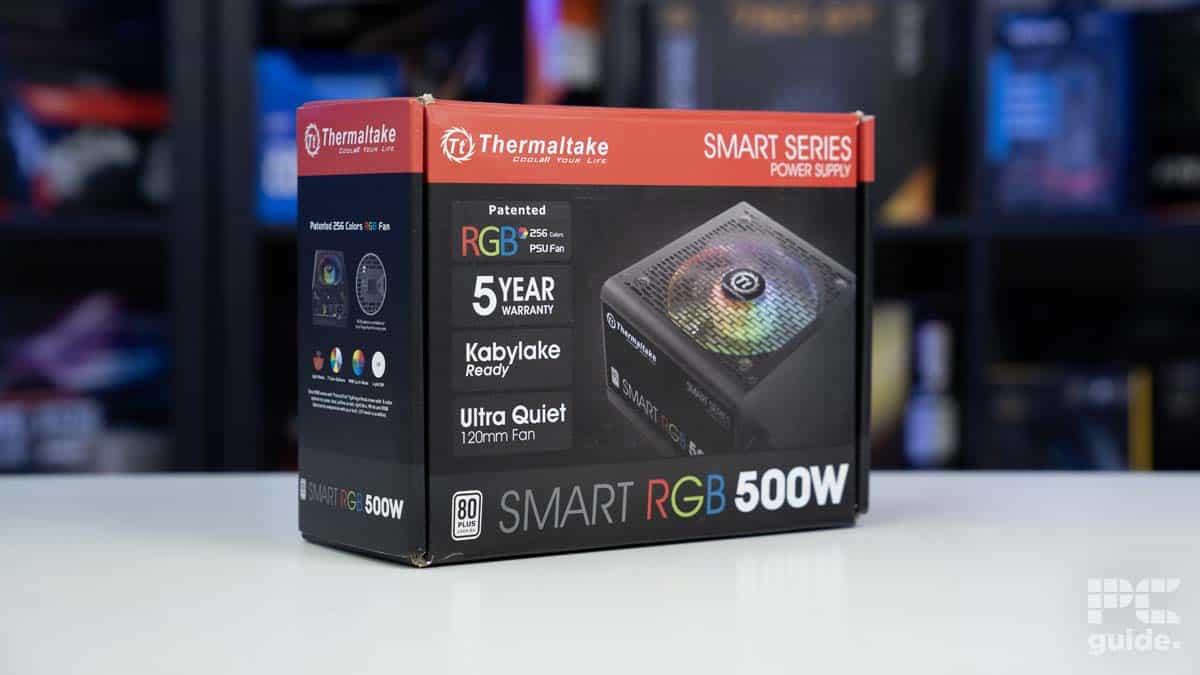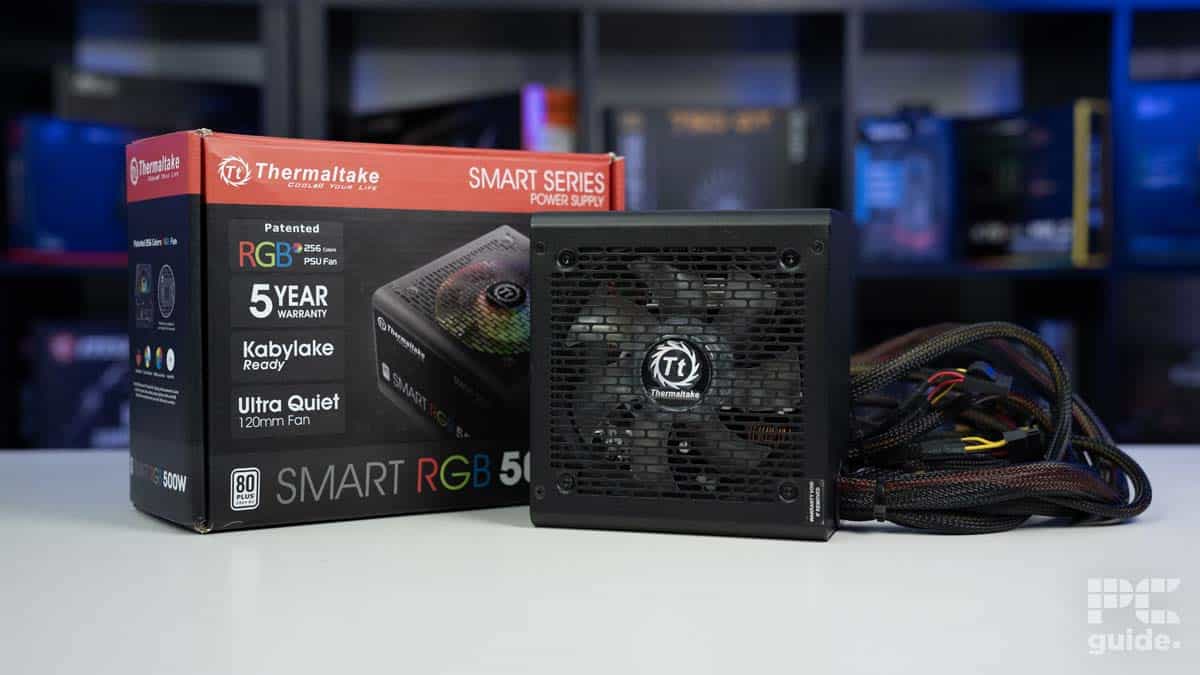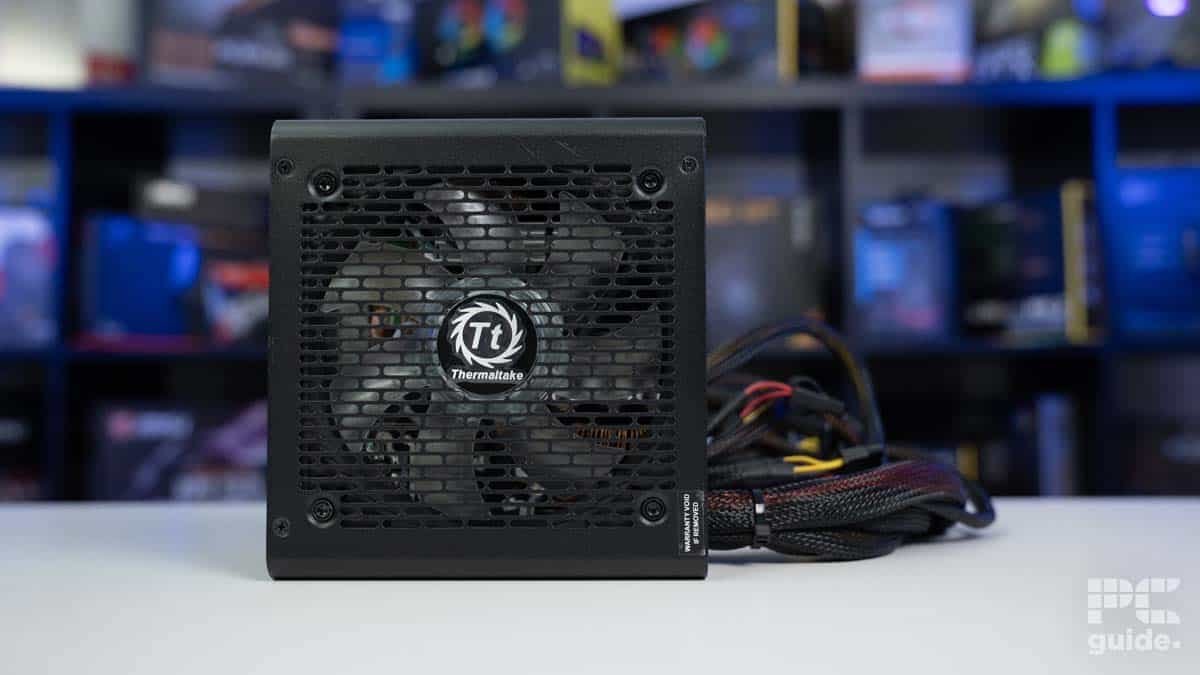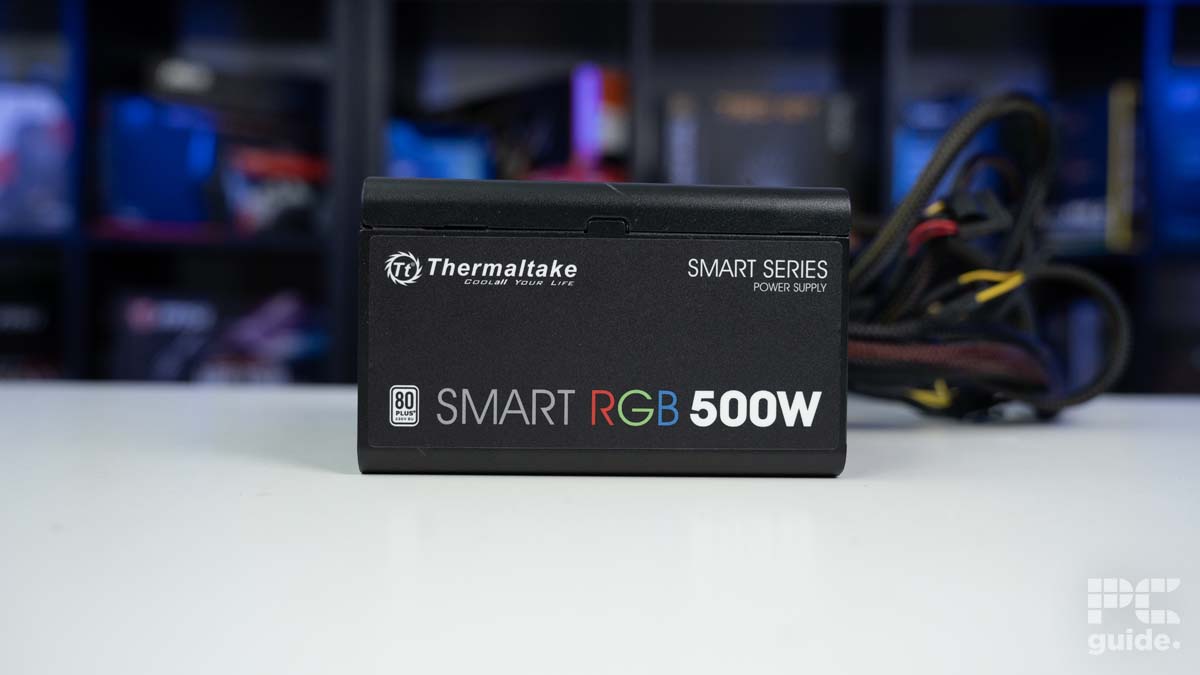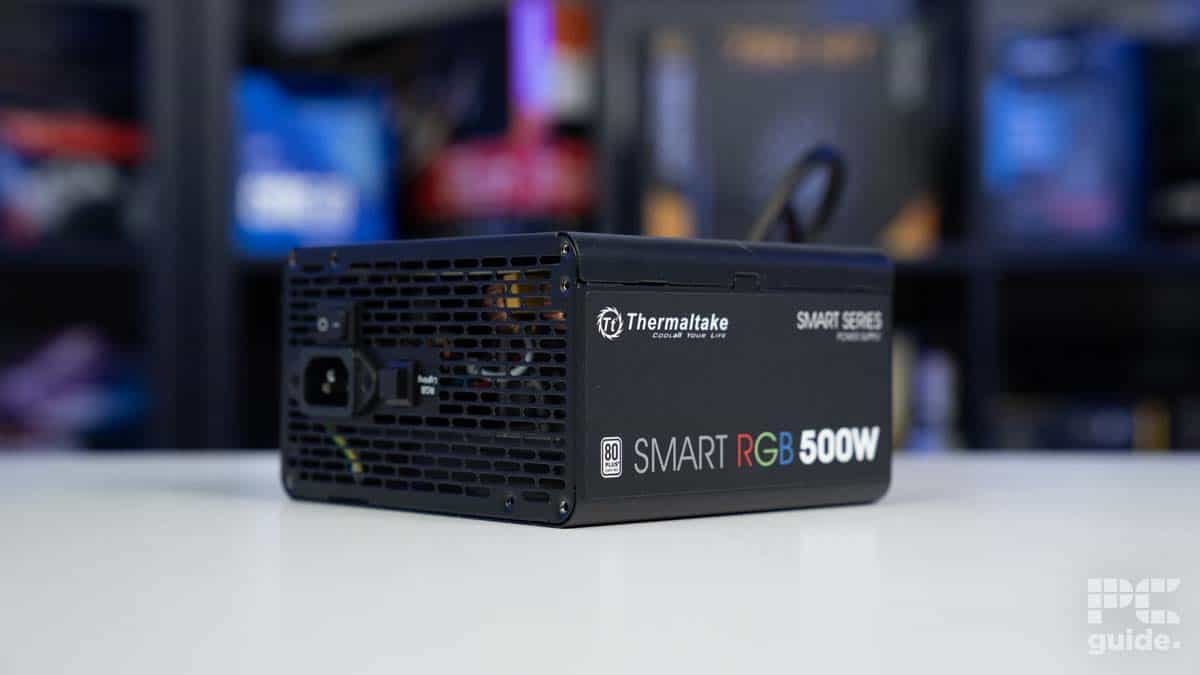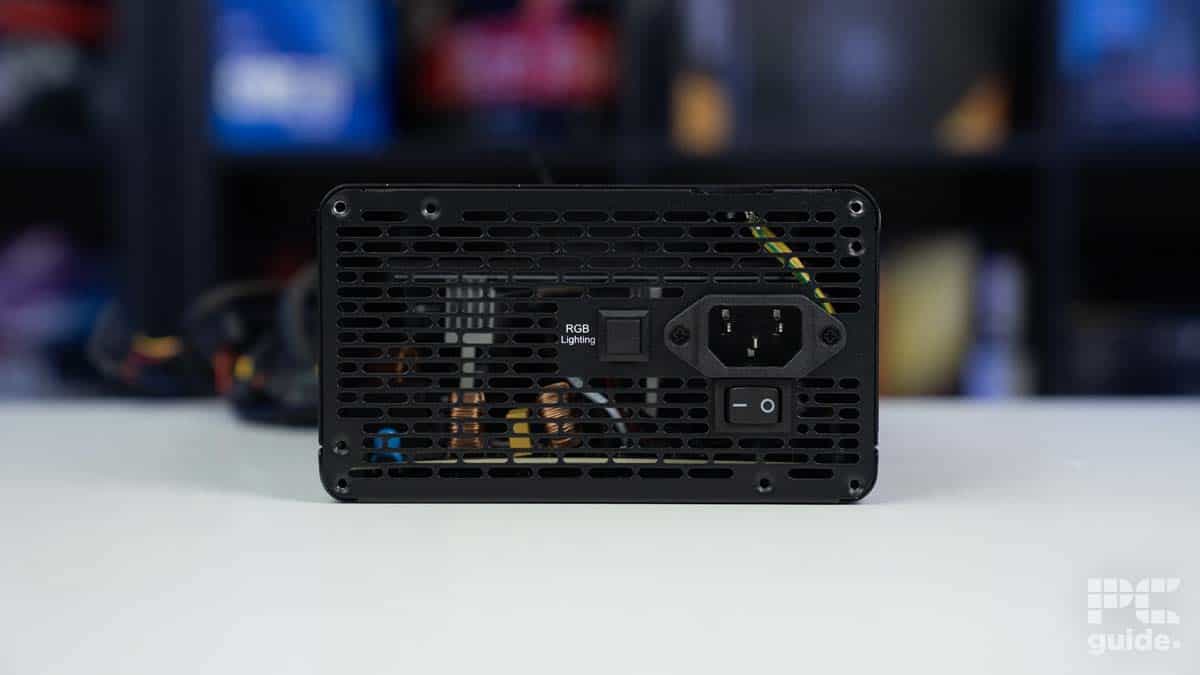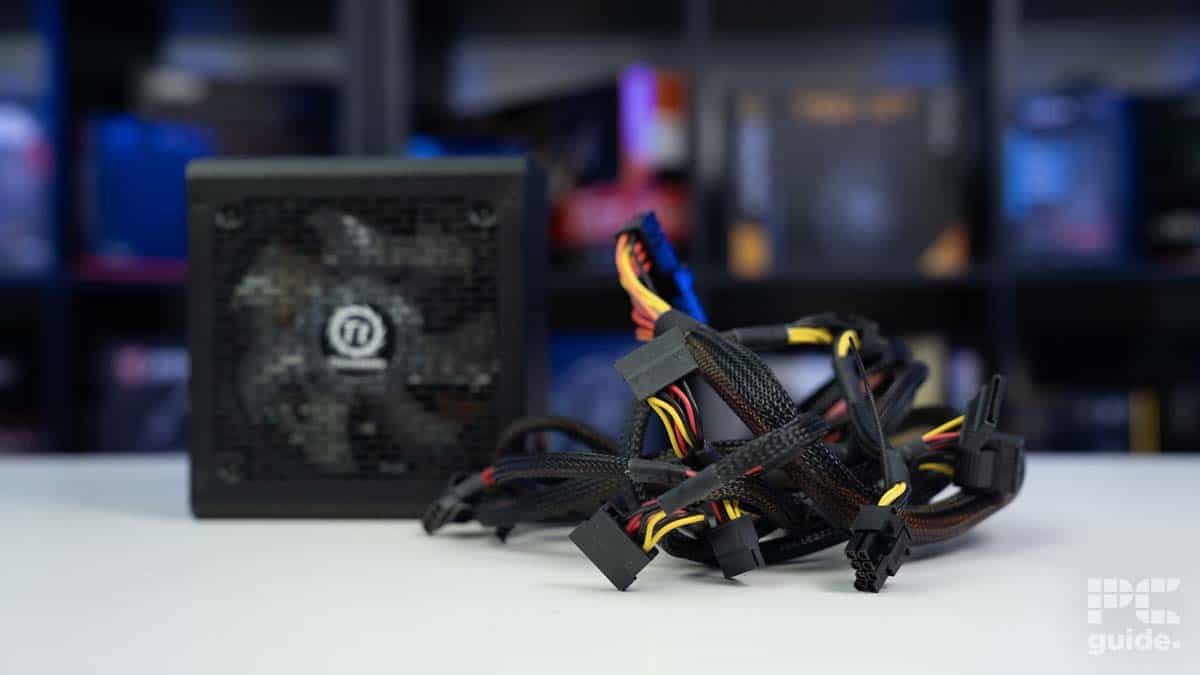Best PSU for AMD Ryzen 9 9950X – our top picks

Table of Contents
The Ryzen 9 9950X has launched in all its glory and with its powerful Zen 5 cores. You can get your hands on it on Amazon and experience next-gen performance like none other.
That said, as you may know, PSUs can be the unsung hero of any build – saving your precious CPUs, GPUs, and other hardware from damage caused by power spikes. Of course, getting one that’s powerful enough to work with higher-end hardware is vital for obvious reasons.
Prime Day is finally here! Find all the biggest tech and PC deals below.
- Sapphire 11348-03-20G Pulse AMD Radeon™ RX 9070 XT Was $779 Now $739
- AMD Ryzen 7 7800X3D 8-Core, 16-Thread Desktop Processor Was $449 Now $341
- ASUS RTX™ 5060 OC Edition Graphics Card Was $379 Now $339
- LG 77-Inch Class OLED evo AI 4K C5 Series Smart TV Was $3,696 Now $2,796
- Intel® Core™ i7-14700K New Gaming Desktop Was $320.99 Now $274
- Lexar 2TB NM1090 w/HeatSink SSD PCIe Gen5x4 NVMe M.2 Was $281.97 Now $214.98
- Apple Watch Series 10 GPS + Cellular 42mm case Smartwatch Was $499.99 Now $379.99
- ASUS ROG Strix G16 (2025) 16" FHD, RTX 5060 gaming laptop Was $1,499.99 Now $1,274.99
- Apple iPad mini (A17 Pro): Apple Intelligence Was $499.99 Now $379.99
*Prices and savings subject to change. Click through to get the current prices.
When it comes to this CPU in particular, you’ll need something fairly beefy if you want to get the most out of it and ensure it’s protected if the worst were to happen. At PC Guide, we review loads of PSUs and have picked out what we think are the best to pair with this new CPU. We’ve also got you covered in our other guides with our picks for the best GPU and best cooler for it too, so be sure to check them out if you’re doing a more serious upgrade.
-
Best PSU for Ryzen 9 9950X
Corsair RM750x
- Wattage: 750W
- Form Factor: ATX
- Rating: 80 PLUS Gold, Cybenetics Gold
- Design: Fully Modular
-
Best SFX PSU for Ryzen 9 9950X
Corsair SF850L
- Wattage: 850W
- Form Factor: SFX-L
- Rating: 80 Plus Gold, Cybenetics Platinum
- Design: Fully modular
-
Best high-end PSU for Ryzen 9 9950X
Corsair HX1000i
- Wattage: 1000W
- Form Factor: ATX (180mm length)
- Rating: 80+ Platinum, Cybenetics Platinum
- Design: Fully modular + iCUE link
-
Best budget PSU for Ryzen 9 9950X
Thermaltake Smart RGB 500W
- Wattage: 500W
- Form factor: ATX
- Rating: 80+ White, Cybenetics Bronze
- Design: Non-modular, RGB fan
Our top picks

- Wattage: 750W
- Form Factor: ATX
- Rating: 80 PLUS Gold, Cybenetics Gold
- Design: Fully Modular
- It comes with a 10-year warranty
- It has 2 EPS and 4 PCIe connectors
- The Maglev fans are very quiet and ensure cool operation
- It isn't native ATX 3
- It is more expensive than other options
During our testing, only one PSU got a 5/5 rating: the Corsair RM750X. Our review highlighted spectacular performance, so we’d certainly recommend it for this CPU.
This is an ATX power supply with dimensions of 150mm W x 86mm H x 160mm L (5.9” x 3.3” x 6.2”), meaning you'll need a mid-tower casing to comfortably accommodate it. That said, its larger size should also help efficiently dissipate the heat.
The RM750X is fully modular, meaning the cables aren't permanently attached. This should help with cable management and reduce the clutter caused by extra cable. In addition, it has an 80 PLUS Gold rating, meaning it should be above 80% efficient. According to Cybernetics, the RM750X is 87.980% and 90.238% at 115V and 230V, respectively.
For those concerned about noise levels, this PSU, according to Corsair's quick start guide, should generate around 5 dB at 300W, while under max load, it can go up to 35-36 dB. These noise levels aren't as high as 30 dB, which is generally considered the noise level of a whisper. So, even under full load, you shouldn't hear this PSU make any noise.
In general, the Corsair RM750x is an all-around strong choice of power supply. It brings a middle-of-the-pack feature and performance that make it a strong value choice.
PC Guide
It features a 135mm magnetic levitation or maglev fan with a zero RPM mode. This mode stops the fan altogether if sufficient load isn't detected, resulting in absolute silent operation. The maglev fans use magnets to separate the fans and other working parts, ensuring less wear and tear and prolonging their lifespan.
It also has a handful of protection features, such as Overpower Protection (OPP), Overvoltage Protection (OVP), Undervoltage Protection (OVP), Short Circuit Protection (SCP), and Overtemperature Protection (OTP).
Overall, the RM750X offers excellent features and top-notch value, enabling it to fit in even the most high-end builds.
What users say
According to Amazon reviews, this PSU offers the best balance between quality and price and is a well-liked option among those who have purchased it. One reviewer said: “Powering a Intel 12th gen system with a Nvidia 4070 4 hard drives with no issues. Very reliable, very stable, and barely audible even with your ear near it. I highly recommend Corsair’s PSUs.”

- Wattage: 850W
- Form Factor: SFX-L
- Rating: 80 Plus Gold, Cybenetics Platinum
- Design: Fully modular
- It has 100% Japanese 105°C-rated capacitors
- It can deliver 850W on the single +12V rail
- It has 90%+ efficiency during our testing
- The minor rails have high OCP values
- The fan is slightly more noisy than other options but nothing deafening
If you have a microATX case or want a minimalistic 9950X build, we recommend another Corsair PSU, the SF850L. During the testing for this PSU's review, it delivered great, efficient results that were second to none.
To begin with, this is a small form factor or SFX PSU, meaning it has smaller dimensions than an ATX PSU. Its size is 30mm L x 125mm W x 63.5mm H (5.11” x 4.9” x 2.5”), which should be small enough to fit inside ATX and microATX casings with ease. So, there is a definite size advantage, but that means that fans need to be of high quality to keep the components cool, as they have less space between them. For more insight, take a look at our guide to the differences between SFX and ATX PSU.
The SF850L has a 120mm Fluid Dynamic Bearing (FDB) fan, which is different from a maglev fan and allows the PSU to be mounted in different orientations without affecting the fan spin. Other than that, this is compatible with ATX 3.0 and PCIe 5.0, which opens up the possibility of being paired up with next-gen components.
As a small form factor choice, it provides great power and performance with great efficiency at the cost of some sound drawbacks.
PC Guide
This has an 80 PLUS Gold and Cybernetics Platinum rating. These are two different standards, but both mean that its performance is incredible. During our testing, we found it to be 90.577% and 83.657% efficient at 115V and 5VSB, respectively. As for the 230V, it had an efficiency of 92.33% and 83.020% for 5VSB.
These numbers are in line with the Cybernetics standard, so its Platinum rating isn't just for show. You can rest easy knowing that maximum energy is being utilized with very little going to waste.
As for its noise level, it produced 36.09 dB and 35.92 dB for 115V and 230V, respectively. This isn't comparatively louder than other PSUs, but it’s understandable that its fan has to work harder, given its smaller size. That said, once again, its Cybernetics standard + rating was accurate.
Despite being an SFX power supply unit, it can deliver 850W on the single +12V rail and 150W on the multi, +3.3V, and +5V rails. What this means is that you can pair your CPU with a higher-end GPU without worrying about whether this PSU would be able to handle the energy demand.
This power supply unit, like our first pick, also comes with the same protection features as our top pick, with an addition of Catastrophic Failure Protection (CFP). This protects the PSU and your system by shutting it down in case of failure due to a fused PCB, fire, smoke, etc.
Overall, the Corsair SF850L is a solid option and an excellent choice for the 9950X. Its features, design, and versatility make it a worthy PSU to invest in.
What users say
According to Amazon reviews, this PSU has a quiet operation and excellent performance. However, many reviewers reported that the accompanying cables aren't long enough. One reviewer said: “While the unit fit NICELY in my case with LOTS of room to spare, the problem was that the cables were nowhere near long enough!” Another user stated: “This small little power supply is a work horse. It’s silent, and will work for us in the future when we finally upgrade our graphics card.”

- Wattage: 1000W
- Form Factor: ATX (180mm length)
- Rating: 80+ Platinum, Cybenetics Platinum
- Design: Fully modular + iCUE link
- It has a 12VHPWR connector
- It has excellent performance with a 10-year warranty
- It has great efficiency and silent operation
- It costs a premium
- It is larger than ATX PSUs
If you're also of the opinion that the PSU is a component that can't be compromised on, the Corsair HX1000i is for you. This monster of a PSU performed exceptionally well during its review, and we were pleased with the results it showcased.
First off, this PSU isn't small as it has dimensions of 180mm L x 150mm W x 86mm H (7.09” x 5.91” x 3.39”), meaning you'll need the best full tower case to accommodate it without things getting cramped up.
This PSU has an 80+ and Cybernetics Platinum rating. As if that weren't enough, it is fully modular, meaning cable management is easy with this PSU, as extra cables can be wrapped up and stored inside its box.
During our testing, it had a maximum efficiency of 93.93% at 706W load, but at idle, it hovered around 90%. So, according to Cybernetics, these figures put it in the titanium category, but their own testing showed an average efficiency of 89.9% and 91.4% for 115V and 230V, respectively.
The Corsair HX1000i is an overall impressive power supply, with the power behind it and a long 10-year warranty making it a desirable long-term solution. Especially with the Platinum ratings it has ensured your system running costs are limited as well.
PC Guide
That said, it also has an “A” rating for noise level from Cybernetics which checked out at it had a noise level of 24.64 and 24.63 for 115V and 230V, respectively. On top of that, its 12+ single-rail has a maximum load of 83.3A, meaning with this GPU, there is plenty of room to overclock your CPU and GPU.
It also comes with protective features like OCP, which will shut down the PSU if the voltage exceeds that limit, protecting your rig.
A neat feature of this PSU is that it is compatible with the iCUE software. With this, you can manually set the fan curve depending on the load and temperature. So, if you're located in a hotter region, you can increase the fan speed to keep the HX1000i cool. We also recommend using the best 140mm case fans to ensure efficient cross ventilation.
Overall, the Corsair HX1000i is a beast, and its specifications and features confirm that. That said, great performance comes with a hefty price tag, but if you want to safeguard your next-gen components like the 9950X, no price is too great.
What users say
According to Amazon reviews, this PSU is being praised for its performance, features, and build quality. One reviewer said: “The PSU itself: Exactly what you are paying extra for. Top notch hardware, whisper quiet performance when not pushing it to the limits, and enough headroom to avoid exceeding 75% consumption even with demanding setups using high wattage CPUs and GPUs. If you need switchable single/multi rails, and know what this means, this is PSU is one of your best options.”
- Wattage: 500W
- Form factor: ATX
- Rating: 80+ White, Cybenetics Bronze
- Design: Non-modular, RGB fan
- It comes at an affordable price point
- It has plenty of RGB options
- It has a low efficiency rating
- It is non-modular
The Ryzen 9 9950X is the flagship CPU of the Ryzen 9000 series, meaning it would make sense to pair it with a high-end GPU. However, if you’re operating on a budget and pair it with an entry-level GPU like the RTX 4060 Ti, which we’ve reviewed, a normal PSU like the Thermaltake Smart RGB 500W could power your rig until you decide to upgrade.
We recommend this PSU because, in our Thermaltake Smart RGB 500W PSU review, it performed decently for a budget power supply unit and should keep your components safe in case of a surge.
For starters, this is an ATX PSU, meaning it requires a mid-tower or a full-tower PC case to house it comfortably. Due to its 150 x 140 x 85 mm dimensions, this PSU might not fit in your case if you have a low-profile build. It has a 120mm RGB fan which can switch the mode with the press of a button on the back. So, you need to install software to control the lighting effects, which is a plus.
Thermaltake's Smart RGB 500W brings a strong value choice to the table. With a low price, it makes it a strong choice if you only need a 500W PSU on a low-powered system.
PC Guide
A downside to this PSU is that it is non-modular, meaning all the cables are permanently attached to it. So, even if you don’t need the SATA cable, it’ll still be there, and you’ll most likely have to store it in the PSU compartment, which increases the clutter.
As for its noise level and efficiency, we’ll look at the testing and results shown by Cybenetics. It has an 80 Plus rating, so its efficiency at 115V and 230V came around 82.838% and 85.490%, with the noise level coming at around 43.97 and 43.32 dB(A), respectively. So, the efficiency levels aren’t that bad, but the noise level is much higher than what Thermaltake claims this PSU makes. According to Thermaltake, this power supply unit has a noise output of 27.1 dB at 100% load, but that isn’t the case.
Overall, this is a decent power supply that will protect your high-end components from frying in case of a surge and while it might not have the best efficiency rating, it is easy on the pocket.
What users say
According to Amazon reviews, this PSU provides excellent value for the price it comes at. One reviewer said: “The fan was about $38 when I purchased it, It looks amazing and works great for the cost. For only $4 more than the normal one it was a very good purchase, it looks great and sounds pretty good too.”
How to select the best PSU for this CPU
Before you settle on any one power supply, there are a couple of factors that you need to consider. Keeping those in mind should help you narrow down your list of options and select a PSU that has a good performance-to-value ratio and is the perfect fit for you. We've listed some of the factors below.
Power requirements
The first factor you need to consider when deciding on a power supply is your setup’s total power draw (TDP). You can do this by looking at the TDP of your CPU, GPU, and motherboard. Accessories like fans don't need a lot of power, but your CPU and GPU are the main consumers.
The TPD of the 9950X is 170W, so if you pair it with an RTX 4090, which we've reviewed, that has a total graphics power of 450W, then a 500W or even 650W PSU would be cutting it too close. You always want 100-200W overhead in your PSU to cater to spikes and overclocking.
So, depending on the components you install in your build, mainly the GPU, you'll have to pick a PSU that can deliver power to every piece without falling short.
Efficiency
PSUs come with different efficiency ratings that show how efficient a PSU is at utilizing the energy being drawn and how much gets wasted. There are six standards:
- 80 Plus
- 80 Plus Bronze
- 80 Plus Silver
- 80 Plus Gold
- 80 Plus Platinum
- 80 Plus Titanium
The higher you go, the more efficient the PSU is, which means lower electricity bills in the long run.
Modularity
There are three types of power supply units: fully modular, semi-modular, and non-modular. Fully modular PSUs allow you to attach only the cable you need, keeping the rest of the cables aside. This helps clear the clutter and make cable management easier. That said, these PSUs are the most expensive of the three.
Semi-modular PSUs have some cables attached, while others can be attached or removed according to your needs. So, they are in the middle of fully modular and non-modular PSUs.
Non-modular PSUs are the cheapest of the three, as these aren't customizable. All the cables are permanently attached, and you can use the ones that are needed, like the 24-pin power connector, and stuff the rest of them in the PSU compartment of the casing. This cramps the space and makes cable management a bit more challenging.

